Solo in Colombia: Sunsets, Salsa & Surprises in 6 Days
TRAVEL
A BIRTHDAY TRIP THROUGH CARTAGENA AND MEDELLÍN — WHERE I LEARNED TO CHOOSE MYSELF, TRUST STRANGERS, AND DANCE UNTIL SUNRISE.
I sit on the old stone wall of Cartagena, watching the sun dip below the horizon on my 43rd birthday, taking in the person I am becoming and the adventures I’ve had the courage to give myself. As I sit here, I can’t help but reflect on what it took to get here — the bravery it took to book this solo trip to a place that’s lived on my travel list for as long as I can remember.
Sitting on the wall in Cartagena at sunset.
Santa Clara Hotel in Cartagena at sunset.
Ever since I first heard about Cartagena’s charm, color, and character, I knew I wanted to see it for myself. For years, I asked friends to come with me — but no one ever could, and I finally decided to stop waiting. This year, I chose to go anyway, because I’m not getting any younger — and what better gift to give myself than the belief that anything is possible?
The colorful streets of Cartagena.
Color is everywhere in Cartagena with Caribbean style.
I hadn’t even planned to visit anywhere else in Colombia, but when some friends heard about my trip, they told me I had to see Medellín — a city bursting with culinary treasures. By then, I’d already booked my flight to Cartagena, but something nudged me to check flights again. I’d paid over $1,000 for my original ticket, and when I saw that extending my return by three days would actually save me almost $500, I knew exactly what to do. I stretched my trip, pocketed the savings, and booked a few days in Medellín.
From sipping fresh coffee on a family-run farm in Medellín to watching the sun melt into the Caribbean Sea in Cartagena, here’s how I spent six days discovering Colombia, and celebrating the adventure of saying yes to myself.
When to Go & How to Get There
☀️ Best Time to Visit
I visited Colombia at the end of June and early July, which is technically the rainy season. But “seasons” aren’t really a thing here — as locals in both Cartagena and Medellín will tell you, Colombia’s proximity to the equator means the climate stays fairly consistent year-round.
In Cartagena, expect intense humidity and tropical heat — even during South America’s so-called winter. Daytime temperatures hovered in the high 80s (°F). Be ready to feel balmy and sweaty as you wander the colorful streets, but evenings bring a gentle breeze that makes rooftop cocktails comfortable without a jacket. Most afternoons brought short thunderstorms that helped break up the humidity — but I lucked out with clear skies for my boat day (more on that later).
Medellín, by contrast, sits in the mountains at about 4,000 feet, so it stays pleasantly mild all year. Days are warm enough for short sleeves and shorts without breaking a sweat, and nights dip into the mid-60s — perfect for jeans and a light layer.
The streets after a storm in Cartagena.
Enjoying a mild climate at the coffee farm in Medellín.
✈️ How I Got There
I’m based in Los Angeles, and since I originally planned to visit only Cartagena, I booked a round-trip ticket to and from Cartagena, connecting through Miami on American Airlines. I chose this route for the flexibility in case I needed to change plans. Cartagena is well-connected, with direct flights to major U.S. cities like Miami, Atlanta, New York, and Boston. Medellín is equally accessible, with nonstop flights from Miami, New York, and Houston.
One thing I’ve learned from international travel: it’s often cheapest to fly in and out of the same city. So when I decided to extend my trip, I booked a quick round-trip hopper flight between Cartagena and Medellín on Avianca for under $200.
If I could do it over, though, I’d plan it differently. Cartagena’s airport is small and not ideal for long layovers — there’s just one tiny lounge and no nearby hotels offering day passes. During my seven-hour layover between my Medellín hop and my flight home, I even tried the high-end Santa Clara Hotel, but they turned me away (more on whether I’d recommend staying there later). The city just isn’t set up to accommodate day travelers stuck between flights.
I ended up at Ely Café in Bocagrande for Wi-Fi and a comfortable spot to work — but be prepared: service in Cartagena can be very slow. Also, arriving in Cartagena, the customs line was long and painfully inefficient.
If you plan to visit both cities, I highly recommend booking your round-trip flight through Medellín instead and then connecting to Cartagena. It’ll save you time, hassle, and probably some money, too.
🚗 Getting Around: Use Uber, Not Taxis
One tip that saved me money and stress: use Uber instead of taxis in both Cartagena and Medellín. Ubers are significantly cheaper than taxis, run 24/7, and are reliable and trustworthy — especially now that the new PIN feature helps confirm you’re getting in the right car. I used them for airport pick-ups and drop-offs, as well as getting around the cities, and always felt safe and comfortable.
Key Takeaways:
• Cartagena: Hot, humid, tropical — expect daily afternoon rain showers.
• Medellín: Mild, spring-like weather all year.
• Flights: If you’re visiting both cities, book your round-trip through Medellín if you have a long connection — it’s a more friendly city for day-trippers with work friendly places.
• Getting around: Use Uber instead of taxis or hotel transport — it’s cheaper, reliable, and runs day and night.
• Safety: Both cities are walkable by day, but always take an Uber at night. Avoid walking at night in Medellín. Be aware that catcalling is common, especially after dark.
🏨 Where I Stayed
Cartagena: Charm in the Heart of the Walled City
In Cartagena, it’s best to stay inside the Walled City — a beautifully preserved, colorful bubble where tourists can safely wander day and night. You’ll see plenty of police presence, but like anywhere, stay aware of your bag and surroundings.
I stayed at Hotel Casa Quero, a charming boutique hotel tucked inside a restored historic home. My room felt like a fairy tale, with private Juliet balconies, a spacious layout, a huge closet, and a gorgeous bathroom. But what truly made this stay special was the warmth and heart of the people who run it.
Monica and Ed greeted me every day with genuine smiles, and each night I’d ring the bell and see the same night guard waiting to welcome me back — it felt like coming home. The rooftop pool was the perfect spot to unwind while waiting for my room, and the made-to-order breakfasts by Anna, the head chef, were a highlight every morning. One of my favorite memories was cooking lunch with Anna in the hotel’s kitchen — we laughed, shared stories, and instantly became friends.
If you’re drawn to hotels with personality that reflect the local culture, Hotel Casa Quero is a gem. It’s centrally located within the Old City walls, but keep in mind: I often walked at night from Getsemaní — a nearby neighborhood full of lively local bars and restaurants — back to the hotel. While I always felt fine, you’ll see some street life like sex workers and people hanging around late at night, so stay alert. If I visit again, I might even stay in Getsemaní itself to be closer to the local scene.
The charming historic house of Hotel Casa Quero.
Hammocks in the lobby of Hotel Casa Quero.
The rooftop pool at Hotel Casa Quero.
The front door at Hotel Casa Quero.
Medellín: Modern & Green in El Poblado
In Medellín, El Poblado is the go-to neighborhood for travelers — safe, walkable, and packed with restaurants, cafes, and nightlife. I stayed at the Somos Bold Hotel, which impressed me with its smart use of space and modern, urban vibe.
The rooms are small but cleverly designed, with lush greenery hanging outside the windows that gives the space a fresh, city-jungle feel. The walls are a bit thin, so you might hear your neighbors, but the 24/7 front desk made everything easy and secure, and the staff all speak English, which was a big help.
I loved the neighborhood — cozy, stylish, and close to great spots like Mamasita, Library Bar, and Bahao, all within an easy stroll. The included rooftop breakfast was the perfect way to start each day with a view over Medellín.
I picked Somos Bold because I loved how the vibe of the hotel matched El Poblado’s energy — modern, green, and alive. If I go back, I’d consider trying The Click Clack Hotel, which looked fun and social with a few restaurants and bars on-site, plus easy walking distance to high-end shops and listening bars.
Inside the lobby at Somos Bold Hotel.
My room at Somos Bold Hotel.
The exterior of Somos Bold Hotel.
🏨 Other Hotels I Considered
While I didn’t stay there, I did stop by the Hotel Santa Clara — one of Cartagena’s most well-known and sophisticated hotels, housed in a former convent (rumored to be haunted!). I visited for sunset drinks during my bar crawl, but my overall impression fell short when I tried to get a day pass during my long layover, the staff wasn’t accommodating at all — not the level of warmth and service I’d expect from a high-end property run by a big hotel company. Based on that experience, I wouldn’t recommend staying there.
I also popped into Charleston Santa Teresa, which felt like a sister hotel to Santa Clara but handled my request much better — although they didn’t have day passes available, the staff was kinder and more helpful overall. If you’re curious about large, historic hotels, Santa Teresa might be a better pick.
For something trendier, I heard great things about the OSH Hotel in Getsemaní — a neighborhood that’s buzzing with local bars, street art, and nightlife. If you want to be right in the heart of Cartagena’s youthful, creative side, Osh could be worth checking out.
💡 Tip: If neighborhood safety, local nightlife, and walkability matter to you, pick hotels in areas like the Walled City in Cartagena or El Poblado in Medellín — you’ll feel comfortable exploring on foot and have the best of the city right outside your door.
📅 My Itinerary & Highlights
I spent six days exploring Colombia — three in Cartagena soaking up Caribbean charm, and three in Medellín discovering its mountain-city energy and culinary treasures. From colorful plazas and rooftop bars to coffee farms and hidden local spots, here’s how I made the most of every day.
📍 Day 1: Cartagena — Welcome to Colombia
I kicked off my trip by checking into Hotel Casa Quero, where I immediately slipped into vacation mode with a relaxing dip in the rooftop pool while waiting for my room to be ready.
Once I’d settled in, I changed and headed out to wander the Walled City. I walked through Plaza de Bolívar and San Pedro Claver Square, where I stumbled upon wedding parties dancing joyfully through the streets, vintage cars lined up against centuries-old buildings, and dancers and street performers gathering crowds in the plaza as the Posta Competition Festival was setting up. I popped into little shops along the way, soaking in the city’s charm and color.
A quick street arepa snack fueled me for the night ahead — I’d booked this Airbnb local bar crawl experience to explore some of Cartagena’s best rooftop spots. As a solo traveler, it was the perfect way to see the city’s nightlife without feeling awkward going alone. What made the crawl really interesting was the cultural insight our local host shared along the way — from how locals date and socialize to the realities of Cartagena’s sex work scene. He even took us to a tucked-away underground bar we’d never have found on our own, which made the night feel more authentic than just hopping from rooftop to rooftop.
The tour included small “welcome” drinks at each stop — but keep in mind, food and most drinks were out of pocket, so if you’re comfortable bar-hopping solo, you could easily recreate it yourself and save a bit. We ended up visiting some of Cartagena’s best-known spots: Botika, Townhouse, Mirador, Eivissa, and the iconic Alquímico — the perfect way to toast my first night in Colombia.
Admiring the clocktower at night from the rooftop at Eivissa.
Botika Bar at sunset.
Gazing off the rooftop at Mirador.
📍 Day 2: Cartagena — Food & Dance
The day started with another amazing breakfast cooked by Anna at Hotel Casa Quero — the menu was so big it was almost overwhelming, but I went for the fried plantains (always say yes to fried plantains).
A lime cart on the streets of Cartagena.
Fried plantains for breakfast.
Fueled up, I headed out to meet my guide for a tour of Bazurto Market — a local-only market in the heart of Cartagena. This is not a place to wander solo; it’s gritty, hectic, muddy, and outside the safe tourist bubble of the Walled City. But with a local guide, it was one of the most immersive ways to see the real Cartagena — chaos, color, and all.
We ducked down muddy paths into the import section, where trucks were unloading baskets of fresh fruit and vegetables. A mural there told the story of African emigration to Colombia — a reminder of the city’s deep cultural roots. We met a local steelworker at one of the market’s oldest booths — he still handcrafts metal pots, pans, and grill racks for local cooks.
Posing for a photo with the local steelworker at Bazurto Market.
The piles of plantains at Bazurto Market.
From there, we squeezed through narrow stalls for a fresh juice stop to before wandering deeper into the maze. We stopped at a local DJ stand blasting African music, grabbed a custom graffiti sign from a muralist, and weaved through fish, meat, and produce stands — even visiting the same local food stall Anthony Bourdain once declared the best in the market. We braved the public bus both ways — sweaty, loud, and exactly what you’d expect from an adventure like this. My young guide turned to me at one point on the tour and asked what advice I’d give someone in their twenties — I told her, “Always choose yourself,” a reminder to myself, too, that taking this trip was exactly the right choice. Immersing myself in the local culture — the grit, the chaos, the real everyday life — was something I knew I had to step out of my comfort zone to find.
Baskets of limes at Bazurto Market.
My souvenir from Bazurto Market.
Back at the hotel, I spent the afternoon cooking posta with Anna — Cartagena’s signature meat dish. At the time, restaurants all over town were battling it out to see who made the best posta. Anna’s version was delicious, especially her secret sauce.
Anna and I at Hotel Casa Quero making pasta!
The kitchen at Hotel Casa Quero.
After that hearty lunch, I grabbed a taxi through Bocagrande to the far end of the strip to watch the sunset. The beach there was a bit rough around the edges — scattered plastic chairs and some trash here and there — but a few beach bars had loungers and beachside drink service, which made it the perfect spot to watch the sun dip below the horizon.
A boat on the beach at Bocagrande.
A lifeguard tower at Bocagrande.
A beach bar at Bocagrande.
On my way back, a local surf bar worker offered me a ride on his Vespa back to the Walled City — Cartagena is full of these spontaneous moments. I ended the night wandering around Getsemaní, then landed at Café Havana, a lively spot with small bites, live music, and lots of dancing.
A gentleman at the bar asked me to dance, and before I knew it, I was swept into an impromptu salsa — completely unplanned and so much fun. (Spoiler: I’d run into him again — but that’s for later in the story.) I also met another solo traveler at the bar, a woman whose birthday was just one day before mine — proof that solo adventures have a way of bringing people together.
The live band at Café Havana.
The streets of Getsemaní.
📍 Day 3: Cartagena — Boat & Birthday
My third day in Cartagena was my birthday — and what better way to celebrate than out on the water? The guys I’d met on my Friday night bar crawl invited me to join them on their private boat for a day exploring the Rosario Islands.
My boat crew to the Rosario Islands.
Since it was winter, the sea was a little rough and choppy, but heading out was mostly smooth. We sped through the waves with reggaeton music blasting — the perfect soundtrack for a day of island hopping in the Caribbean.
Our first stop was a floating bar tucked into a quiet bay. Small boats pulled up alongside us, serving fresh piña coladas right from their canoes and shrimp cocktail straight from coolers on deck. Nearby, a dock tied to the coral reef had vendors serving fresh oysters from tiny boats — messy, salty, and perfect.
Next, we cruised to a narrow, busy beach lined with plastic chairs, umbrellas, and vendors selling everything under the sun. I had the best fish lunch of my life here — simply grilled and served with a cocktail poured fresh from a coconut. The scene itself was crowded and chaotic — if I go again, I’d look for a quieter spot or a more sophisticated beach club. Between the seaweed, plastic chairs, pushy vendors, and overpriced cocktails, this stop was more about the lunch than the vibe. The beach itself, though, with its trees and rustic wood tables, would make an incredible backdrop for a cookbook shoot — if only you could clear the crowds.
Our beach stop was off the grid.
The best fish lunch of my life.
The boats coming in and out of the beach we stopped at.
Drinking straight from a coconut.
The floating dock that we stopped at.
After lunch, we headed to a floating club — boats anchored in shallow water around a sandbar where locals grilled fresh fish under straw huts. Loud music blasted from a DJ stand, the water was murky, and while it was fun to see, I’d probably skip this spot next time.
Finally, we made our way to my favorite stop: the far side of Rosario Island. This untouched stretch felt like a hidden paradise — rustic, local, and wonderfully unpolished. Boats bobbed in the shallow water, small beach huts sold drinks and snacks, and families lounged under makeshift shade. The vibe was refreshingly not Westernized, which made it feel like stepping into another world. If you go, wander to the far right side of the beach where the boats dock — it’s quiet, full of local charm, and absolutely beautiful.
We rode back to Cartagena in the late afternoon, reggaeton still blasting as we hit rough waves. I couldn’t stop laughing as we bounced in our seats, a rainbow overhead the whole ride back — the perfect exclamation point on an unforgettable day in the Colombian sun.
Back in the city, I showered off the salt and sand and headed to my favorite spot — the stone wall of the Old City — to watch the sunset. I sat there alone, feeling so much pride for the courage it took to gift myself this trip and for every serendipitous moment that had unfolded so far.
Sitting admiring the sunset from the wall.
The orange sky from the wall around the Walled City.
For my birthday dinner, I treated myself to Cande, an elegant spot with a live jazz band and Caribbean costumed performers walking from table to table for photos. I was seated next to another solo traveler — a woman from Australia — and we took each other’s photos with the colorful dancers, a perfect little reminder that solo travelers always find each other.
As I was finishing my wine, I felt a tap on my shoulder — it was the same gentleman who’d asked me to salsa dance at Café Havana! He joined me for the last of my birthday wine, asked the restaurant to bring out a dessert, and I got to blow out my birthday candle with a new friend beside me — a wish made, a moment I’ll never forget.
Posing at Cande.
Mote de Queso, a traditional Colombian soup with white yam and cheese.
The front entrance of Cande.
📍 Day 4: Cartagena to Medellín — Goodbye Cartagena, Hello Medellín
On my last morning in Cartagena, I arranged for my hotel driver to take me up to La Popa, the highest hill in the city, for one final panoramic view before heading to the airport. Locals say it’s tough to get an Uber back from the top — it’s outside the Walled City and not the safest place to linger — so it’s best to arrange a driver to wait for you and to visit at sunrise or sunset for the best light.
At the top sits a convent and a small museum — a quiet reminder of how deeply Catholic Colombia is. (The day before, I’d even seen nuns walking near the city walls at sunset — a timeless Cartagena moment.) The whole visit only took about 20 minutes: just enough to snap a photo over the city, peek inside the museum, and grab a shot through the gated window at the far left corner, which looks out over the local neighborhoods below.
From there, it was off to the airport for my quick flight to Medellín. I’d booked a hotel pick-up in advance but could have easily called an Uber for half the price — lesson learned for next time.
After dropping my bags at Somos Bold Hotel, I was starving and ready to dive into my long list of Medellín food stops — generously shared by a friend from LA who grew up here. First up: Mamasita, just a few blocks away, where I had my first cup of great Colombian coffee in Medellín and the best tamale I’ve ever tasted, all to the soundtrack of live music in the background.
The best tamale I’ve ever had at Mamasita.
My first good coffee in Colombia!
The entrance to Mamasita.
I hadn’t realized it was a holiday in Colombia that day, so most shops were closed and the normally lively streets of El Poblado felt strangely calm — no cars, hardly any foot traffic, and a soft quiet in the air. Wandering the neighborhood, I stumbled on Pequeña Gran Librería, a tiny bookshop tucked just behind my hotel. In the back, they serve coffee and drinks at a small bar. I settled into a comfy armchair and ended up chatting with the owners — two brothers who’d taken over the shop from their father — and the owner’s girlfriend, who was there organizing the shelves and spoke perfect English.
An afternoon coffee at Pequeña Gran Librería.
A table outside at Pequeña Gran Librería.
That evening, I headed to Daniela’s house — a local I’d found through Traveling Spoon — for a proper Colombian cooking experience. We made ajiaco, the traditional chicken soup of Colombia, right in her family kitchen with her mom as our sous chef. We ate together at her dining table, chatting about everyday life in Colombia and swapping stories. It felt like having dinner with family — warm, relaxed, and full of those tiny details you’d never get in a restaurant.
My welcome dinner to Medellín with Daniela and her mom.
Later, I set out to tackle my Medellín bar list — but almost everything was closed for the holiday. I ended up in Provenza, which is basically a long strip of bars — most of them loud, flashy, and packed with tourists chain-smoking, drinking cheap cocktails, and dancing to booming DJ music. Not exactly my vibe. But tucked at the very end of the street, I found Carolina, a multi-level restaurant and bar with real soul. There’s a vintage car parked out front and three floors inside — the top has a rooftop and DJ, but I settled into the ground-floor lobby bar instead.
I’d just missed the live music but landed next to another solo traveler. She didn’t speak much English, but with Google Translate and a couple of cocktails, we ended up having a whole conversation, which added to the fun adventure I was on. Before I left, the bartender surprised me with a birthday shot — which, at Medellín’s altitude, hit harder than expected. I wrapped up my quiet, soulful night with a short Uber back to my comfy hotel bed, ready to see what else this city had to offer.
📍 Day 5: Medellín — Art & Culture
I started the morning with breakfast on the rooftop of Somos Bold Hotel — the included menu is small, just three options, but the food was delicious and the city views made it feel special anyway.
The breakfast view at Somos Bold Hotel.
The breakfast options at Somos Bold Hotel were creative.
Fueled up, I headed to Museo de Antioquia, home to Medellín’s most famous artist, Botero. His plump, larger-than-life sculptures and paintings were incredible to see in person — so full of movement they almost jumped from the walls. I only had about an hour and a half at the museum before my next tour, but I easily could’ve spent two full hours there if I’d had the time.
The view from the top floor of the Museo De Antioquia.
The front of the Museo De Antioquia.
Admiring the cool art at the Museo De Antioquia.
The area right around the museum felt a little dicey — it’s busy, noisy, and you really don’t want to wander too far from the main square alone. The plaza outside is dotted with Botero sculptures and anchored by that striking black-and-white palace building (which is also a museum, but I didn’t have time to check it out this time). I ignored the pushy vendors, kept my bag close, and called an Uber to my next stop.
Next up was Comuna 13, Medellín’s famous hillside neighborhood that transformed its story through street art and community pride. I booked a private tour with a local guide, Jhoan, who first walked me through the surrounding local neighborhood — quiet streets where we sampled fresh empanadas from a tiny stand that ended up being the best bite of the day.
From there, we climbed the countless steps up to Comuna 13’s colorful heart — a maze of graffiti-covered walls, hidden alleys, murals telling stories of struggle, resilience, and hope. At the top, there’s a tiny local gallery worth stepping into. Don’t miss the hidden Sora Fundación tucked down a staircase on the far right — a tiny bookstore and café where your glass of iced tea supports a nonprofit.
Inside Sora Fundación.
The stairs throughout Comune 13.
On the way down, we stumbled into a group of break dancers and I grabbed a green mango popsicle — a traditional local snack, sweet, tart, and perfect after a warm uphill walk.
Back in El Poblado, I grabbed an Uber to my hotel, then wandered over to Café Dragon for an afternoon drink. It’s an open-air spot with a DJ spinning vinyl and people scattered around on laptops — part café, part workspace, and prime for people-watching as the day winds down.
Later, I set out to check off a few more places from my Medellín list. First up: Mad Records, a dark, moody café-bar with a DJ booth at its heart, free stickers on the tables, and a secret speakeasy tucked into a side corner (open on weekends only). A perfect place to stop for a drink and soak in the local vinyl culture.
The inside of Café Dragon.
The inside of Mad Records.
Walking into Café Dragon.
For dinner, I found my way to Casa Ramal — a tiny, candlelit Mediterranean inspired cuisine where the melted wax drips down everything (including, accidentally, my own table and menu when I knocked over my candle). The whipped ricotta with fennel and the tuna tartare were both delicious.
I wrapped up the night at Siete Pulgadas, one of Medellín’s many listening bars. Originally inspired by Japan’s jazz scene, these places are small, dark, and cozy — hidden speakeasies where the focus is on the records and the vibe. Good drinks, a DJ spinning old-school vinyl, soft conversation all around — I wish we had more bars like this back in LA.
I found a seat next to a young local woman — she didn’t speak much English, but we ended up in a full conversation through Google Translate. She was in her twenties, and at one point she asked me for advice. As she told me about her shy crush on the bartender, I saw a younger version of myself in her — nervous to tell someone how she felt, afraid of not being enough, wanting so badly just to be seen.
I told her the same thing I’d told my guide back at the market: “Choose yourself.” I reminded her that she was more than enough, that she had nothing to lose but the regret of never saying how she felt. I told her to become the person she admired — someone brave enough to be honest about what she wants. She nodded, smiling shyly, and said, “I’m working on it.”
Another tiny connection, another reminder that this is why we travel — to see ourselves in someone else and to pass the courage along.
The door at Siete Pulgadas.
My dinner at Casa Ramal.
📍 Day 6: Medellín — Coffee, Castles & One Last Night
Another morning started with breakfast on the rooftop — this time, I went for the cacio e pepe omelette while mapping out my last full day. I’d been so excited for a full-day coffee farm and horseback riding tour I’d found on Airbnb Experiences — but the day before, they canceled due to a protest. A little bummed, but determined, I managed to find a last-minute half-day coffee farm tour just 20 minutes outside the city.
My guide from Medellin Day Trips picked me up around 10 a.m., and we drove up into the hills until we reached a small family-run farm perched high above the city. From their scenic deck, I sampled freshly brewed coffee while soaking in sweeping views of Medellín. It felt surreal sipping some of the best coffee I’ve ever had, knowing that Colombians famously don’t drink their own coffee — they export the best beans and often drink what’s left. A funny twist for a country so proud of its coffee heritage.
After the tasting, we walked back to the farm, where I slipped on a poncho, hat, and straw basket — the full coffee farmer look — and planted my own little seedling in a pot. It’ll take about a year and a half to grow — a living reason to come back someday and see how far things can flourish in our absence.
We wandered through rows of coffee trees, picked beans, snapped a few photos, and toured the rest of the coffee process from bean to cup. The owner filmed videos for me the whole time — I could feel how proud they were to share this piece of Colombia. We finished back on the deck where the matriarch of the farm made me a fresh tamale with guava and cheese — a perfect, traditional bite.
The peaceful tasting deck overlooking the surrounding mountain.
The beans laid out to dry.
The homemade tamale from the farm kitchen.
Admiring the view from the farm.
Picking beans from the coffee trees.
The view from the coffee farm was beautiful and serene.
Showing all the beans I picked from the trees.
I’d promised my friend from Medellín that I’d try Ajiacos y Mondongos before I left — a locals-only spot that only serves lunch. My guide kindly dropped me off just in time. I grabbed a seat in their open-air courtyard, and soon enough, a solo Puerto Rican traveler sat at the next table and struck up a conversation. I ordered their famous ajiaco — the traditional chicken soup — and it was delicious. Peeking through the kitchen door, I could see the local women preparing it fresh by hand — a reminder of the heart behind every dish.
Rather than head back to my hotel, I kept going — next stop: El Castillo, a historic castle-turned-museum tucked into Medellín’s hills. The grounds are open for strolling and picnics, but the only way inside is with a guided tour. Inside, I learned the bittersweet story of the Colombian man who bought the castle for his German wife. They had one child who tragically died young; the father was murdered a year later. Walking through their rooms, I wondered if the place might still hold their spirits.
The view from inside El Castillo.
A sunset drink from 360 rooftop.
From the castle’s garden, I watched the sun drift behind the hills, then grabbed an Uber to 360 Rooftop Bar for a sunset drink. I found a perfect seat facing west, city lights below, horizon ahead. An American tried to chat me up, but I was more interested in soaking in that last sunset.
From there, I crossed the street to The Click Clack Hotel, slipped past the bustling lobby bar, and rode the elevator up to La Deriva, their rooftop pool bar. By then, dusk had turned to dark — the pool glowed, the breeze was warm, and I claimed a lounge chair to admire Medellín’s city lights.
For my final dinner, I headed to Bihao, a spot my guide recommended for a proper last Colombian meal. I dropped my bag of coffee beans at the hotel, then ordered the Capon de Ahuyama — butternut squash stuffed with meat and torched with cheese tableside. Impressive, delicious, and so very Colombian.
Even with an early morning flight, I debated calling it a night — but my list still had one last stop: Mala Audio Bar. I grabbed an Uber and found the unmarked door, slipped through a velvet curtain, and stepped into a dim lounge where a DJ spun vinyl behind the bar. I took a seat next to an American who started chatting with me, and soon a woman from Bogotá joined us. Within minutes, her friends from Costa Rica and another American drifted over. Together we danced, talked, and laughed until the bar closed at 12:30 a.m.
They convinced me to stay up instead of sleeping — so we made our way back to Provenza, hopping into Siete Pulgadas one last time until they closed at 1:30 a.m. I finally headed back to my hotel, showered, packed, and caught my 5 a.m. flight — exhausted but buzzing from one final night of connection.
The pool at La Deriva.
Mala Audio Bar
🍴 What I Ate & Drank
• Favorite Meal: The Capon de Ahuyama at Bihao in Medellín — butternut squash stuffed with savory meat and finished with torched cheese, right at your table. Satisfying, cozy, and uniquely Colombian.
• Favorite Beer: Costeñita — a light, crisp Colombian lager in its iconic small green bottle. Easy to spot, easy to drink, perfect for the Colombian heat.
• Favorite Local Drink: Aguapanela — an old-school Colombian staple made by dissolving raw cane sugar (panela) in hot or cold water. Sweet, comforting, and steeped in tradition.
• Hidden Gem: Fresh fish right on the beach at the Rosario Islands — simply grilled, eaten barefoot with reggaeton playing in the background. Pure island magic.
• Must-Try Bite: The sweet-and-savory tamale with guava and cheese at the coffee farm — humble yet unforgettable, and the best taste of Colombian hospitality.
• Favorite Bar: Mala Audio Bar in Medellín — an unmarked door, velvet curtains, a great DJ spinning vinyl, and the perfect last-night vibe.
• Other Medellín Restaurants to Try: If you have more time, put Sambombi (for classic Colombia cuisine in Provenza) and Náufrago (the posh rooftop restaurant at the top of The Click Clack Hotel) on your list — both came highly recommended.
🧳 Practical Tips
✅ Packing Essentials:
Bring a swimsuit for that spontaneous boat day.
Pack linen and cotton shorts, dresses, or lightweight pants for Cartagena’s heat and humidity.
A small travel umbrella is handy — afternoon rain showers are common.
A portable phone charger will save you when you’re out exploring all day.
Don’t forget a sun hat, sunglasses, and plenty of sunscreen.
Comfortable walking shoes are a must for wandering Cartagena’s cobblestone streets.
Pack beachwear for Cartagena and casual, stylish city clothes for Medellín — the vibe is more urban and slightly cooler.
A small crossbody or waist bag keeps your phone and money safe and close.
💸 Budget Tips:
Hotels are generally good value but cheaper in Medellín than in Cartagena. Expect to pay around $250/night in Cartagena and $200/night in Medellín.
Uber is very affordable — much cheaper than hotel-arranged cars or taxis — and runs day and night.
Bring some cash for Cartagena, especially for street snacks and small shops; in Medellín, you’ll mostly use cards.
If you need cash in Cartagena, use an ATM — remember Colombian ATMs only accept 4-digit PINs, so use just the first four digits of a longer code. I made this mistake and panicked when I couldn’t get cash out of the ATM!
You can save money by taking group tours vs private tours or use this guide to DIY-it.
🔐 Safety & Solo Travel
As a solo female traveler, I felt safe in both cities — but stay alert and trust your instincts, just like you would anywhere.
Keep your bag zipped and close (I always kept my hand on the zipper when weaving through crowds).
Stick to well-lit, busy streets at night, and use Uber instead of hailing random taxis — it’s reliable, safe, and cheaper.
Despite what people may imagine, Colombia’s major cities are relatively safe when you take basic precautions. Its reputation is shaped by decades of conflict and a dark past, but today, locals are eager to show travelers a warm, welcoming side — and you’ll likely feel that everywhere you go.
📱 Helpful Apps & Sites:
Google Maps works great for navigating both cities.
Uber is reliable, safe, and easy — the PIN feature for matching your ride adds extra peace of mind.
✨ Final Thoughts
✨ Best Memory:
My favorite memory wasn’t a place — it was a conversation. Sitting in that dark listening bar in Medellín, telling a shy 20-something to choose herself, I saw my own journey reflected back at me. It reminded me that solo travel isn’t just about where you go — it’s about who you become along the way.
✨ Biggest Surprise:
The biggest surprise? How safe and warm Colombia felt — and how eager people were to share their world with me. We hear so much about Colombia’s dark side — cocaine, cartels, danger — but the truth is more nuanced. Yes, Colombia produces cocaine, but mostly for export. And while Colombia has endured 60 years of conflict and corruption between drug cartels and deep government corruption —its major cities feel safe for travelers who use basic precautions. It’s a country working to heal, and you can feel that hope and resilience everywhere you go. I went in cautious; I left feeling connected.
This trip taught me that adventures are worth the effort — that we have to take the trip, even solo, especially solo. Immersing yourself in a culture doesn’t just happen from behind a hotel window. You have to venture out, taste the food, ride the public bus, get lost in a street market, trust the kindness of strangers, and dance with people whose language you don’t even speak.
When you stay curious about the world, the world meets you halfway — opening doors, starting conversations, asking you for advice you didn’t even know you had to give.
Like that young woman at Siete Pulgadas, the one watching her crush behind the bar. She asked me what she should do — and I told her the same thing I’d told my guide in Bazurto Market: “Choose yourself.” I saw so much of myself in her — wanting so badly to be seen, but afraid she wasn’t good enough to ask for it. I told her she was good enough — that the only thing she had to lose was regret for not trying. That she should become the person she admires. She smiled and told me, “I’m working on it.”
Colombia reminded me to keep working on it, too. It’s a country with a complicated past and a beating heart — proud, resilient, eager to share its stories. Its people can’t control everything, but they open their doors anyway, hoping you’ll come in, stay curious, and carry a little piece of their world back home.
If you get the chance, go. Bring your curiosity. Bring your courage. And always, always choose yourself.


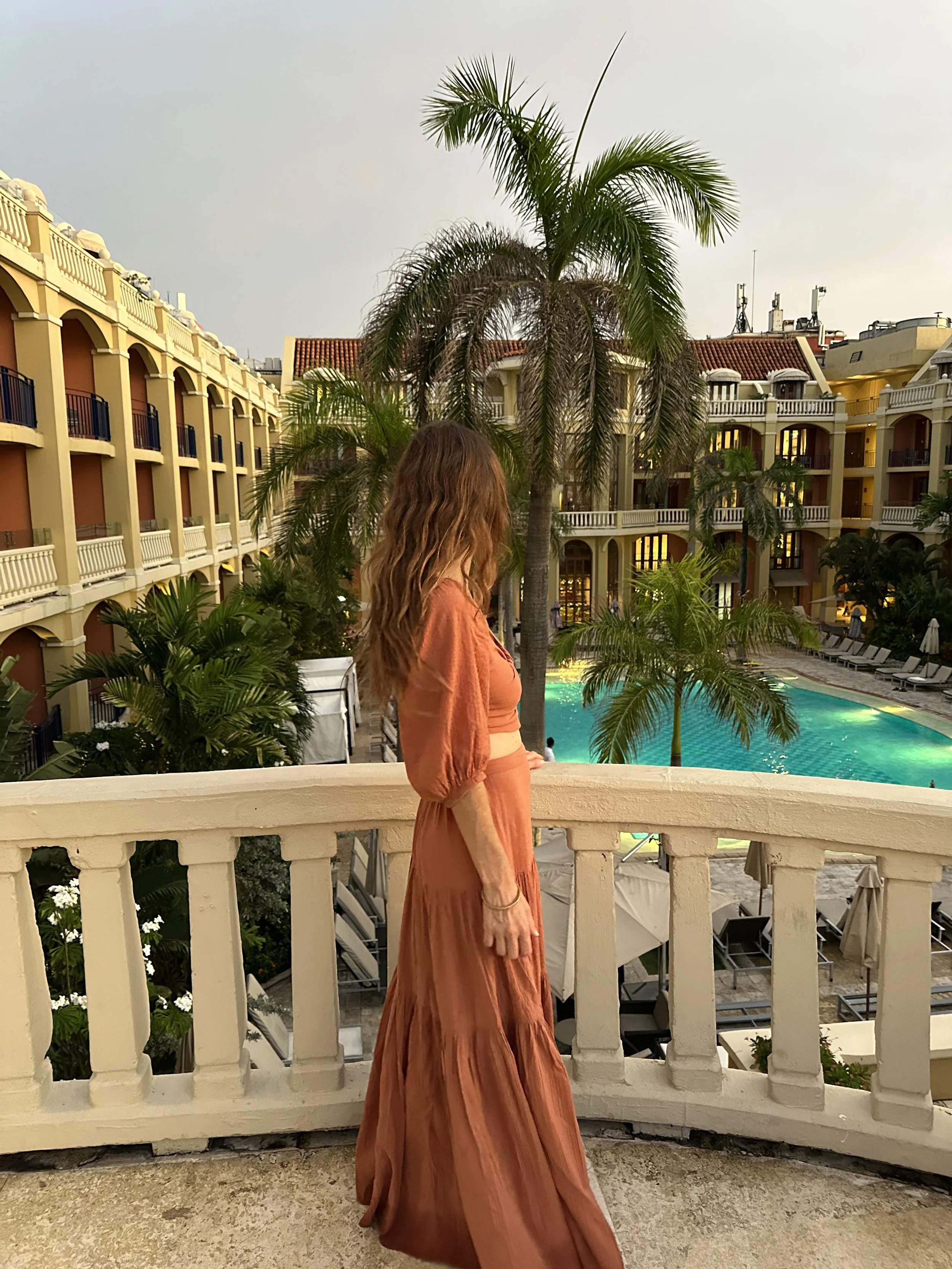


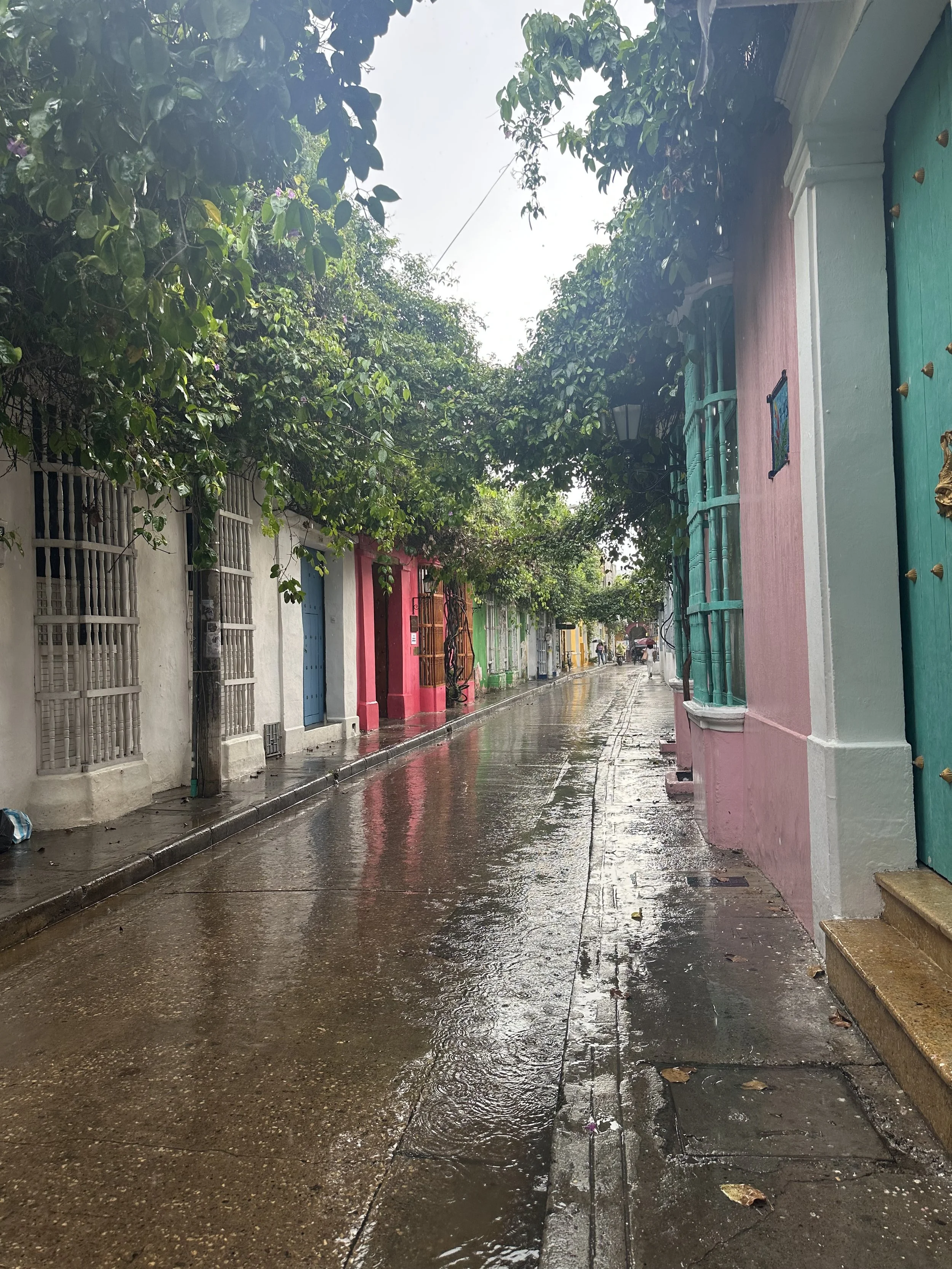









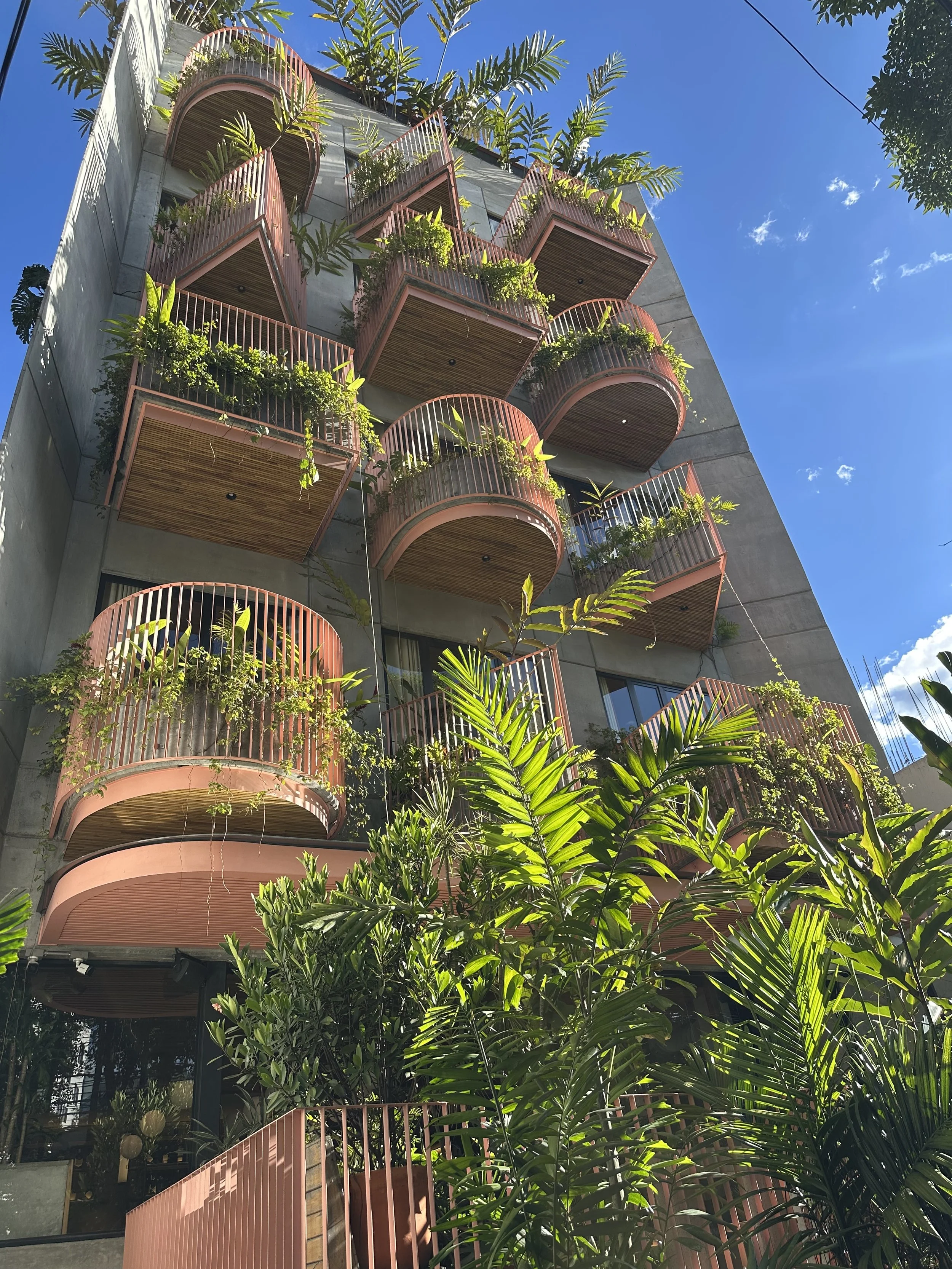




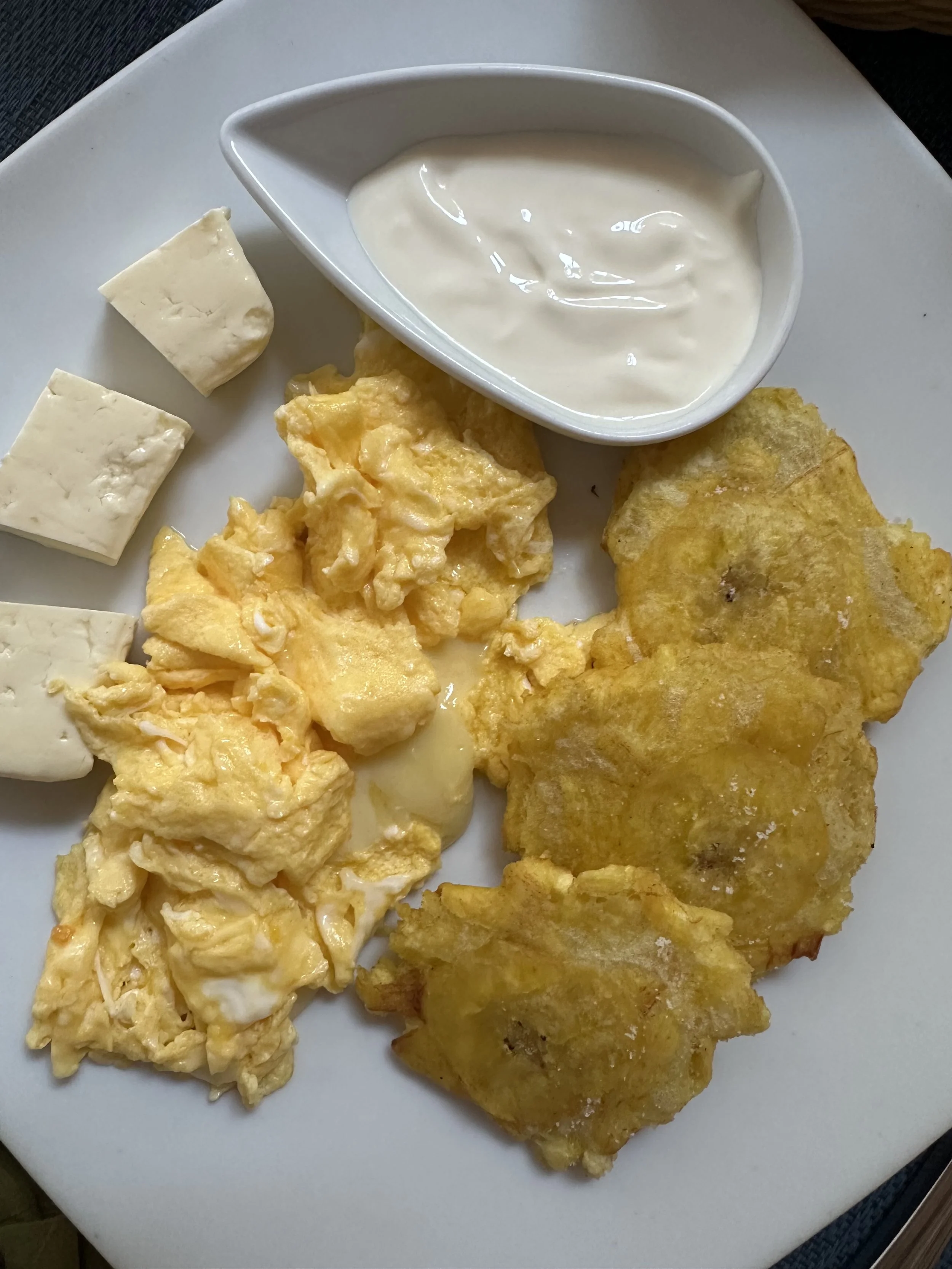

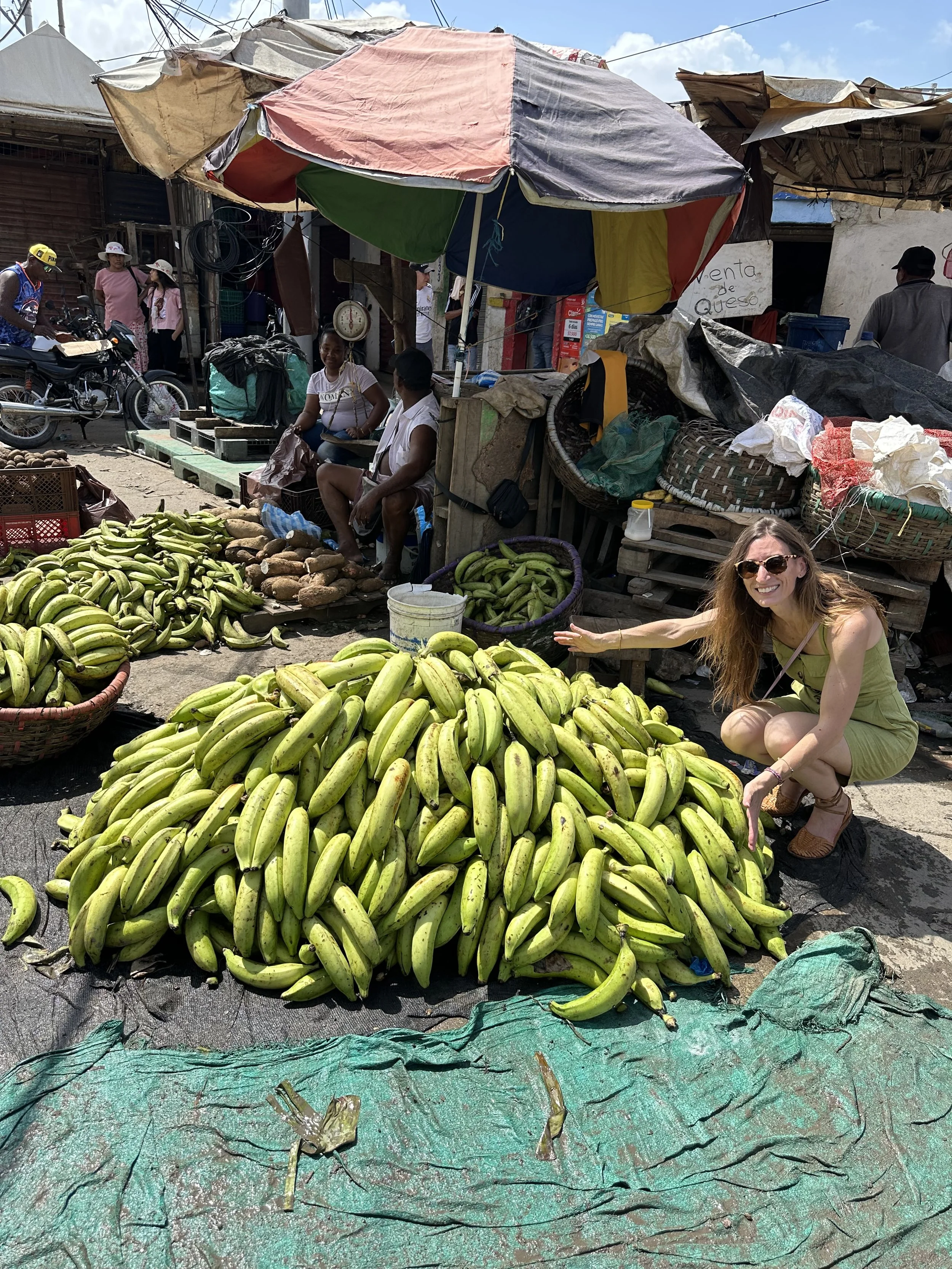
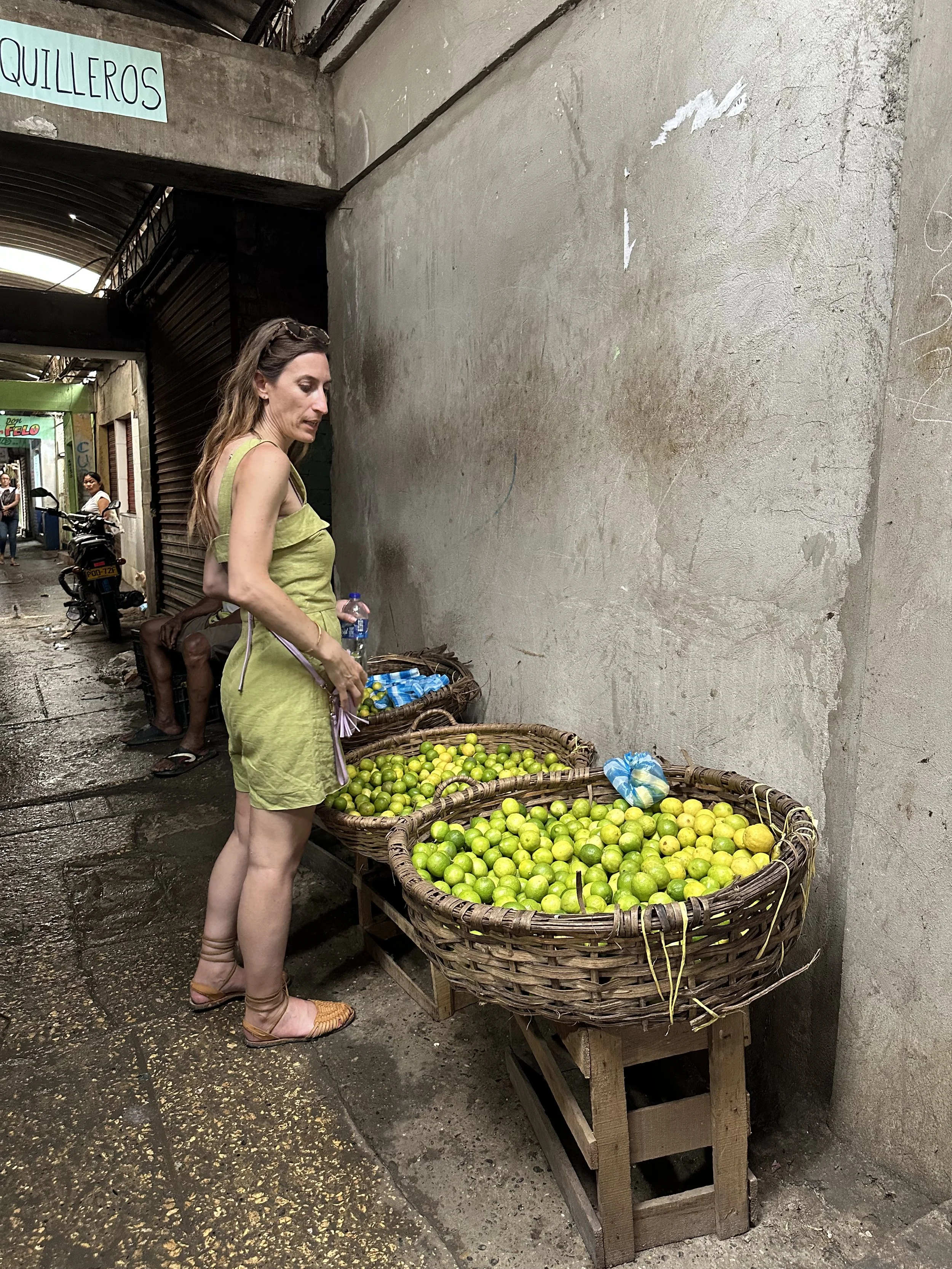
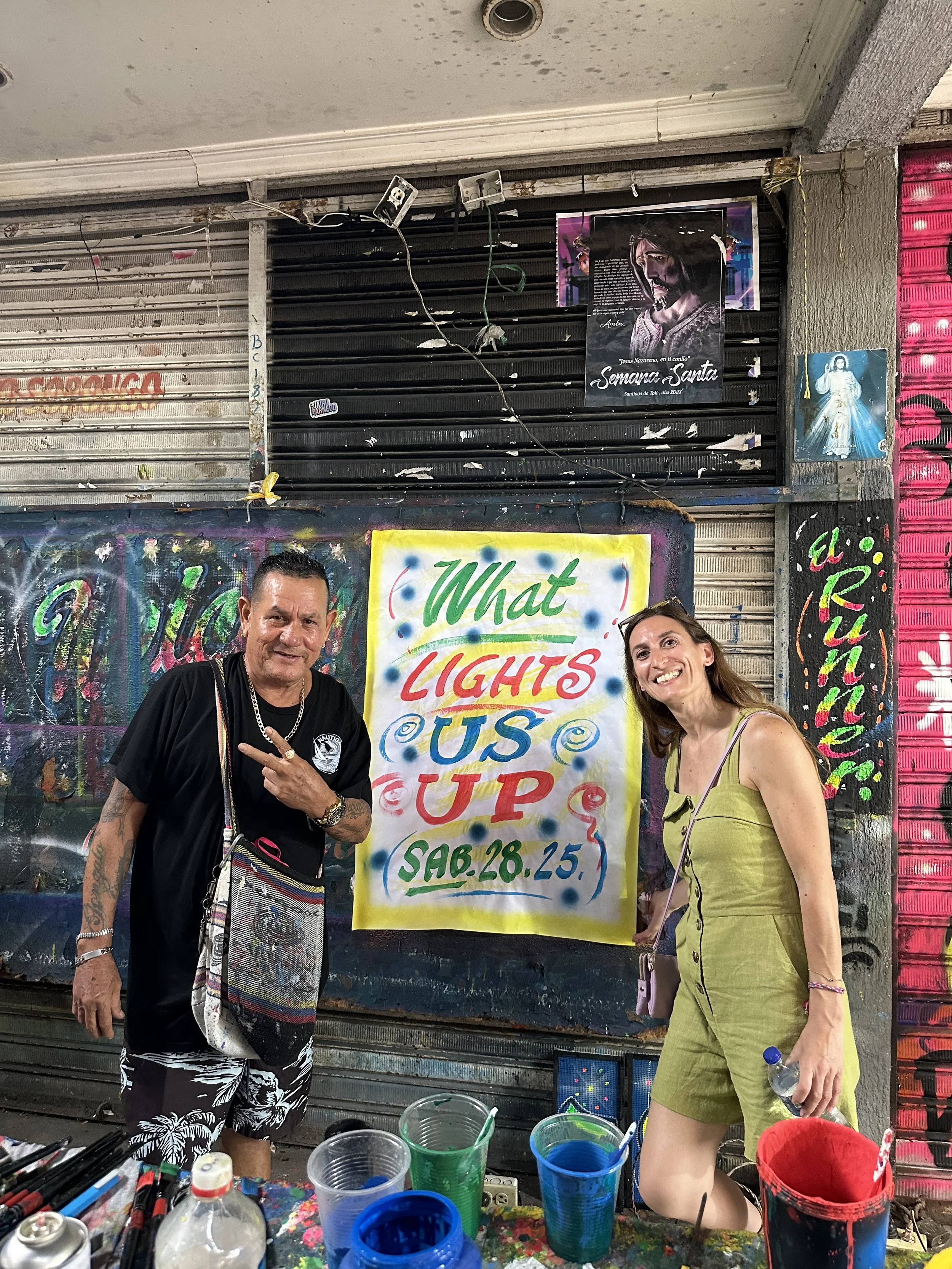


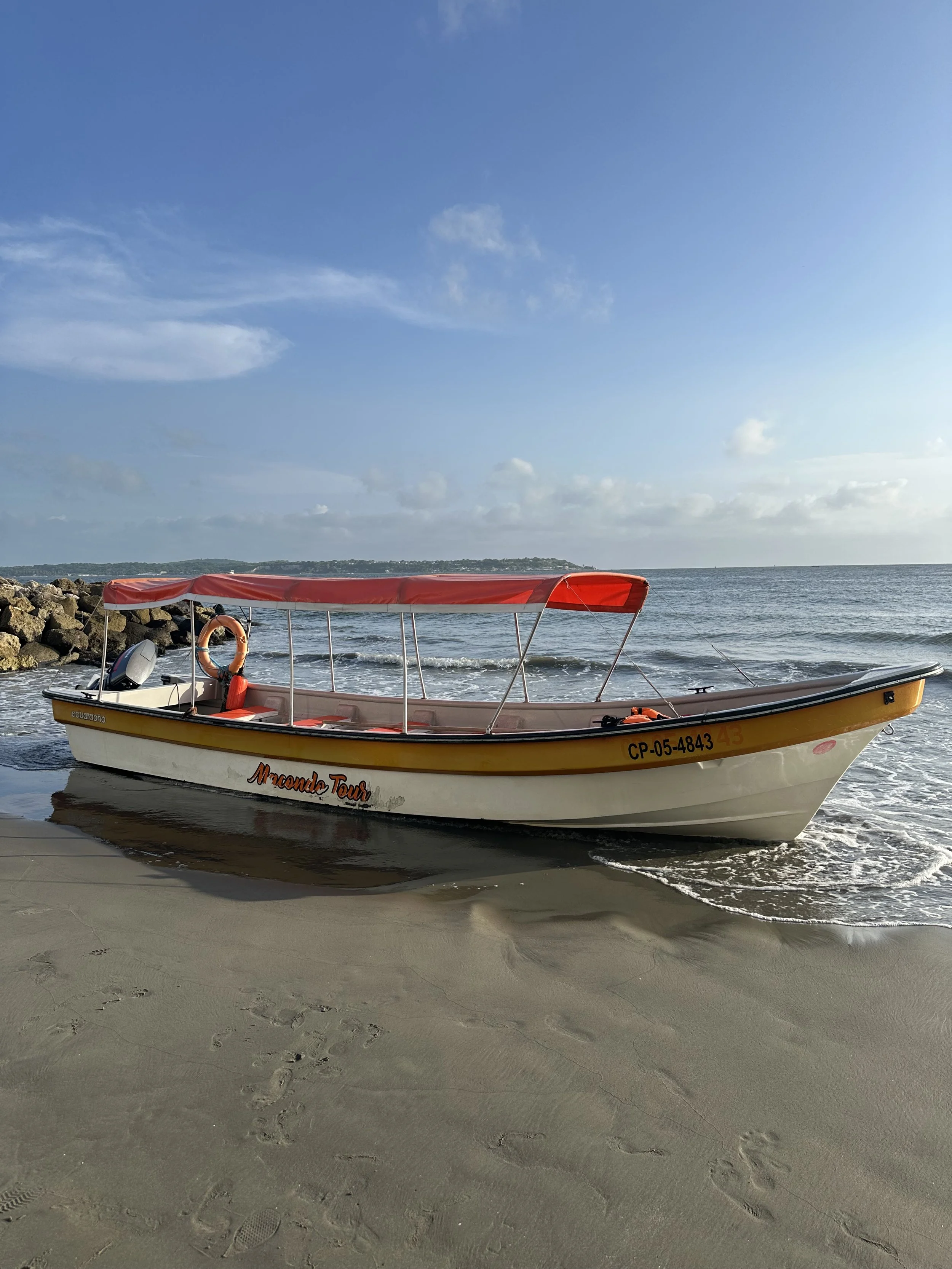



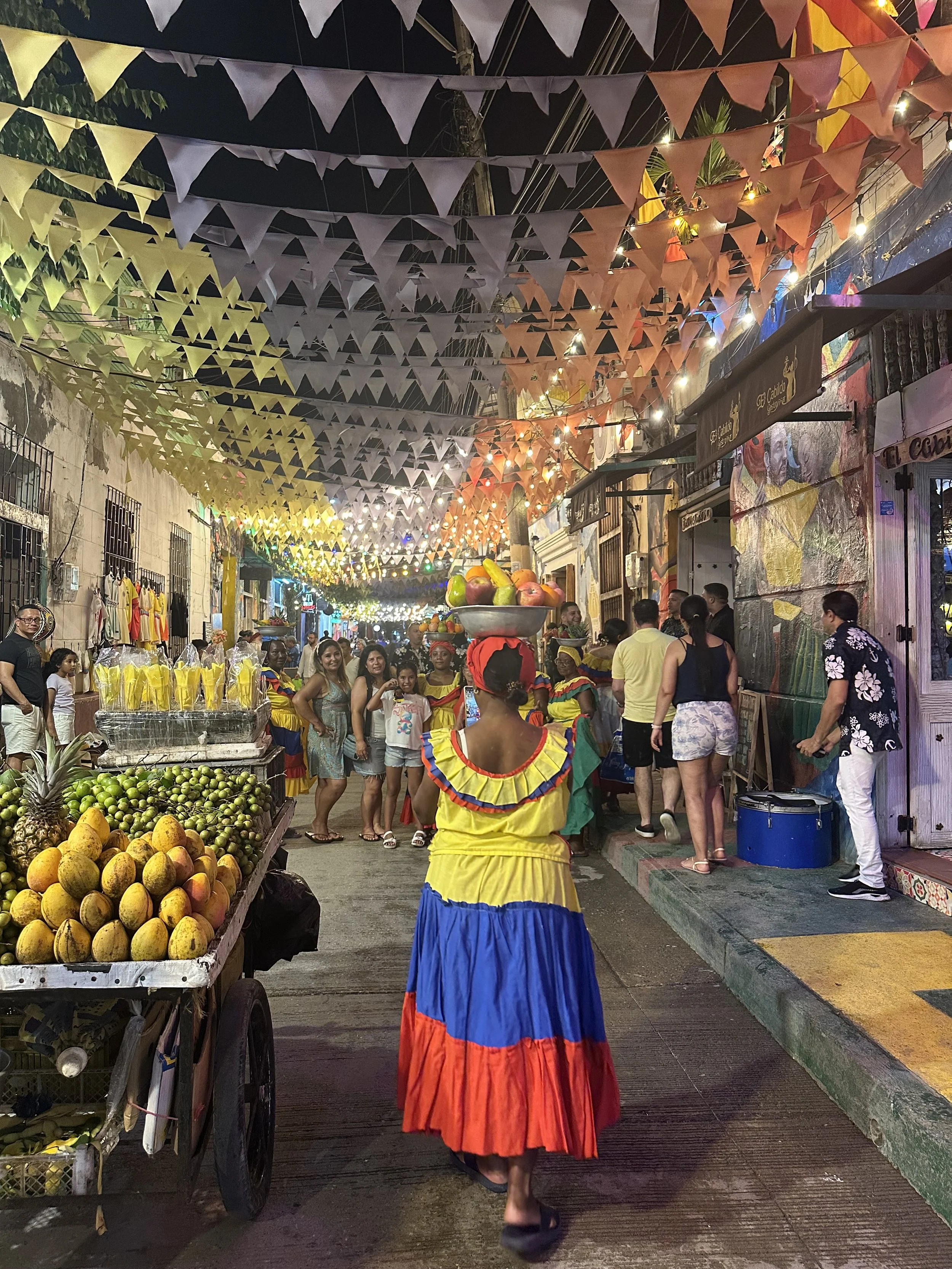


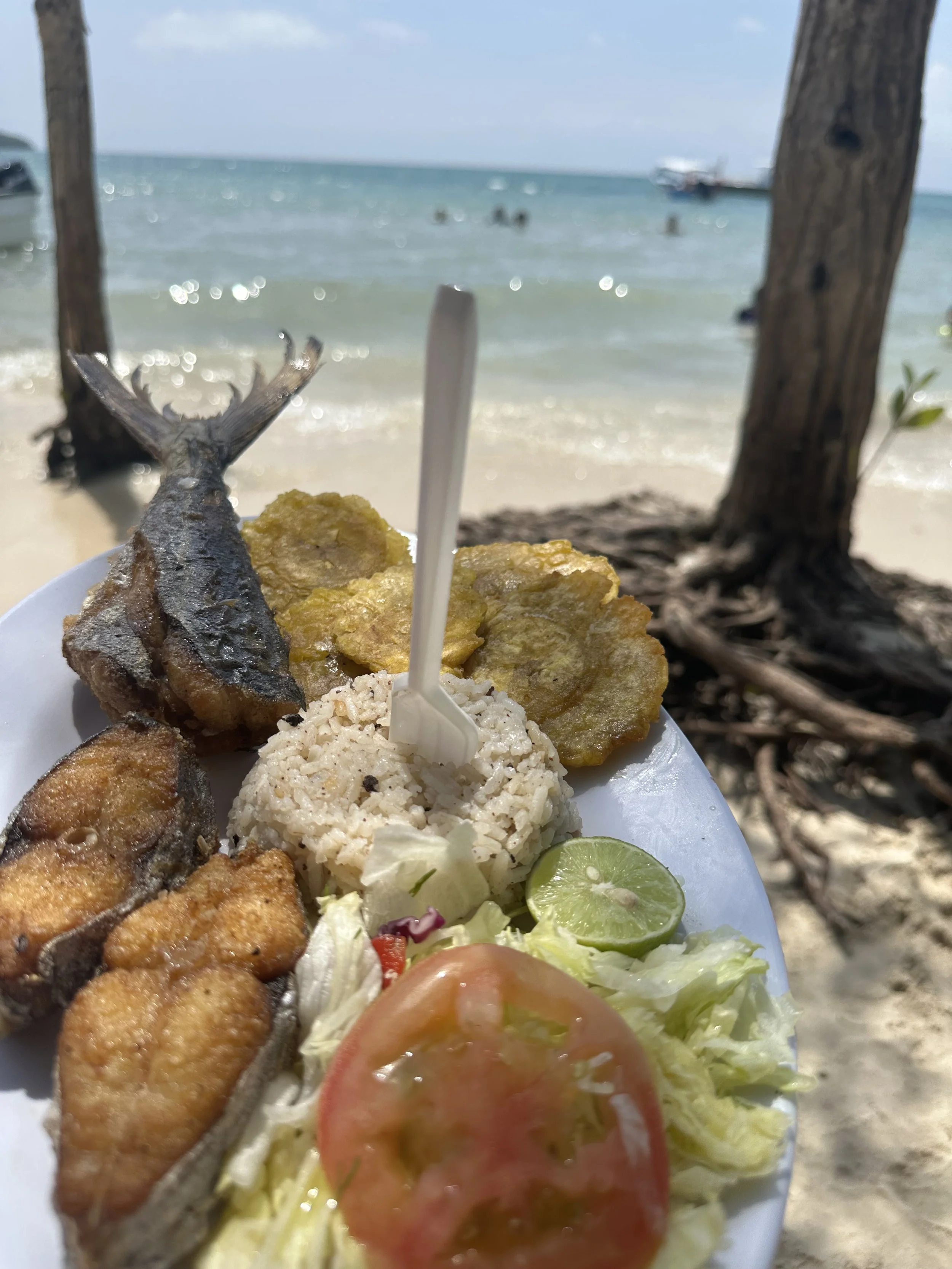





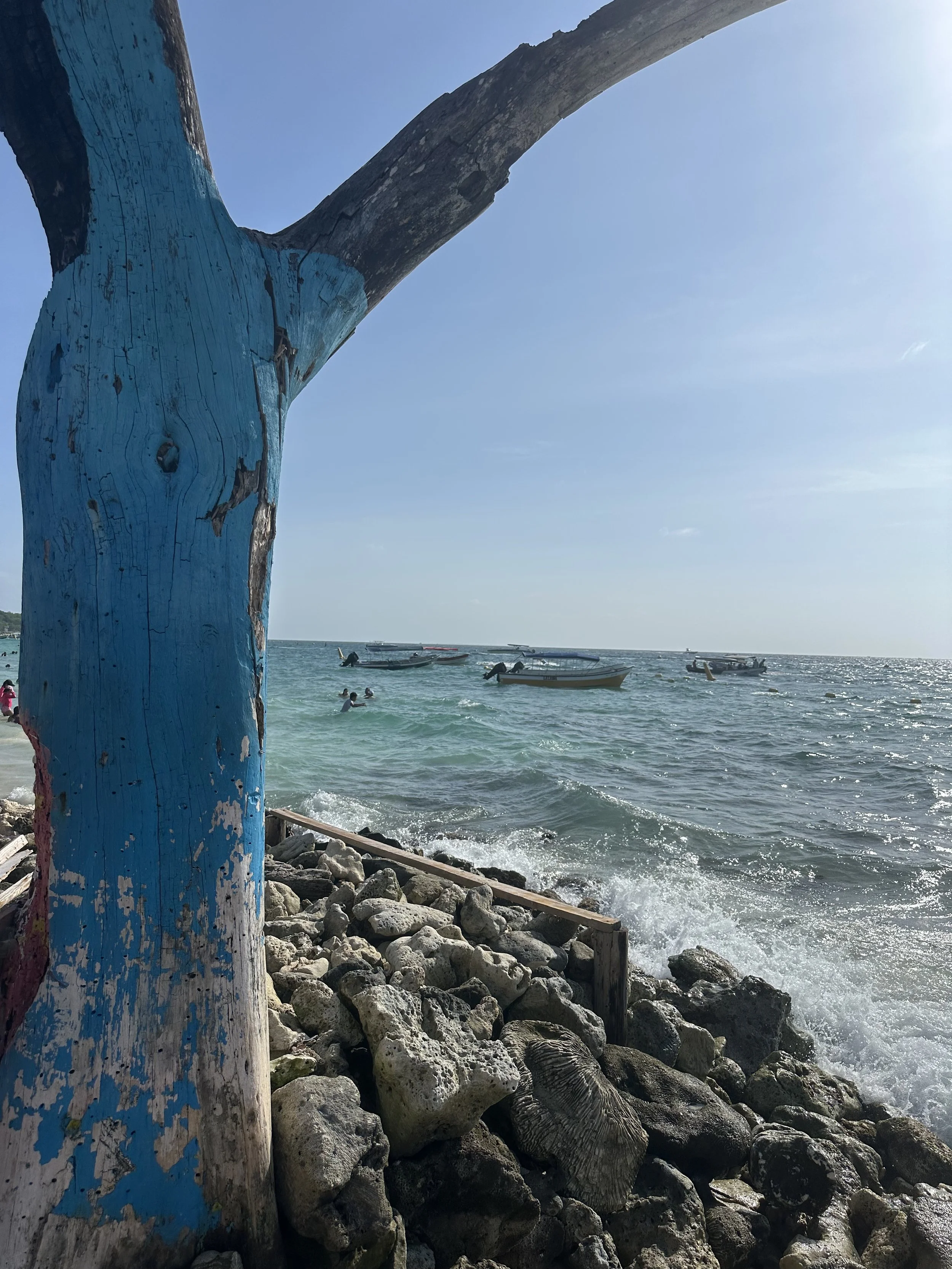

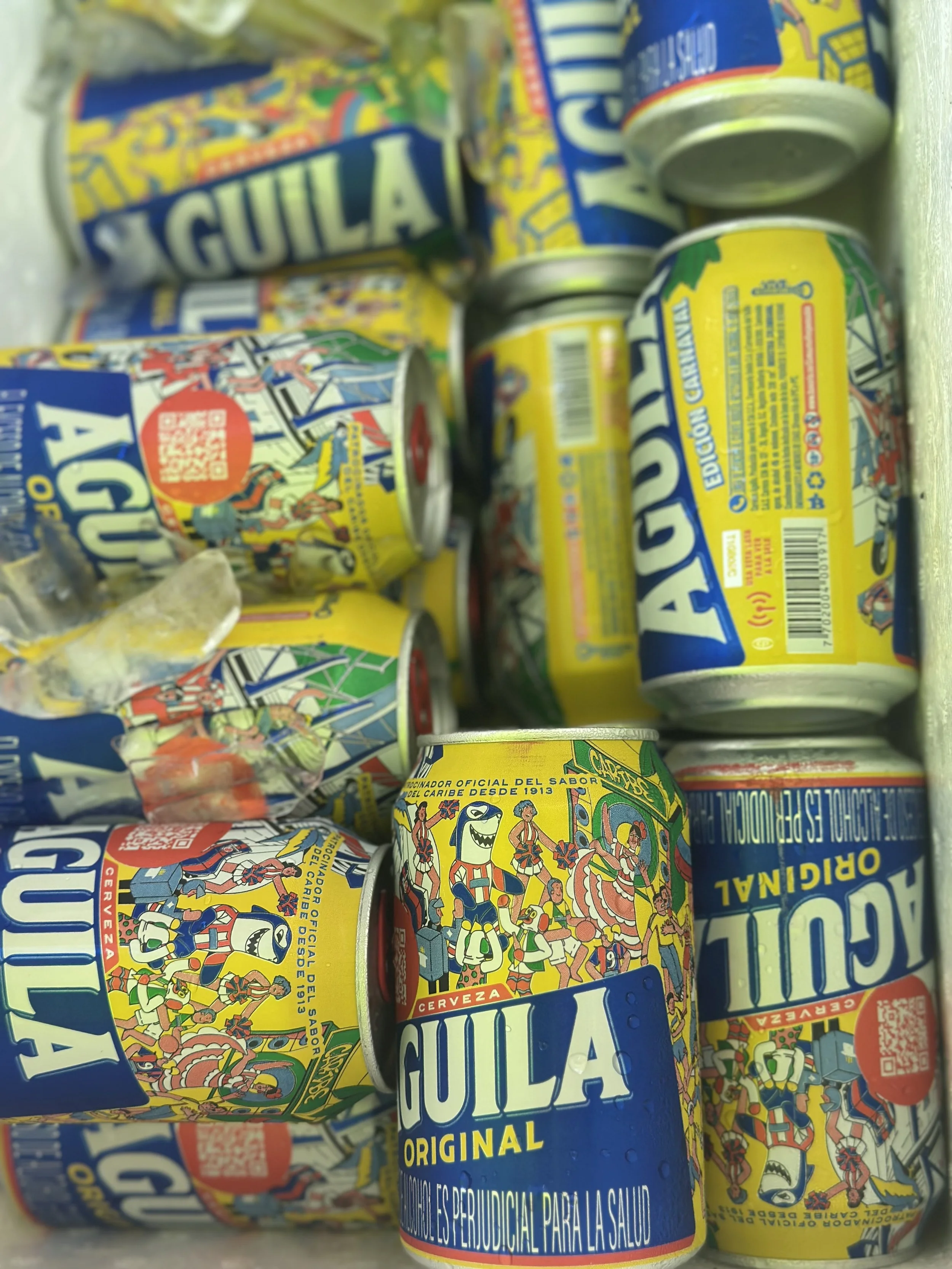

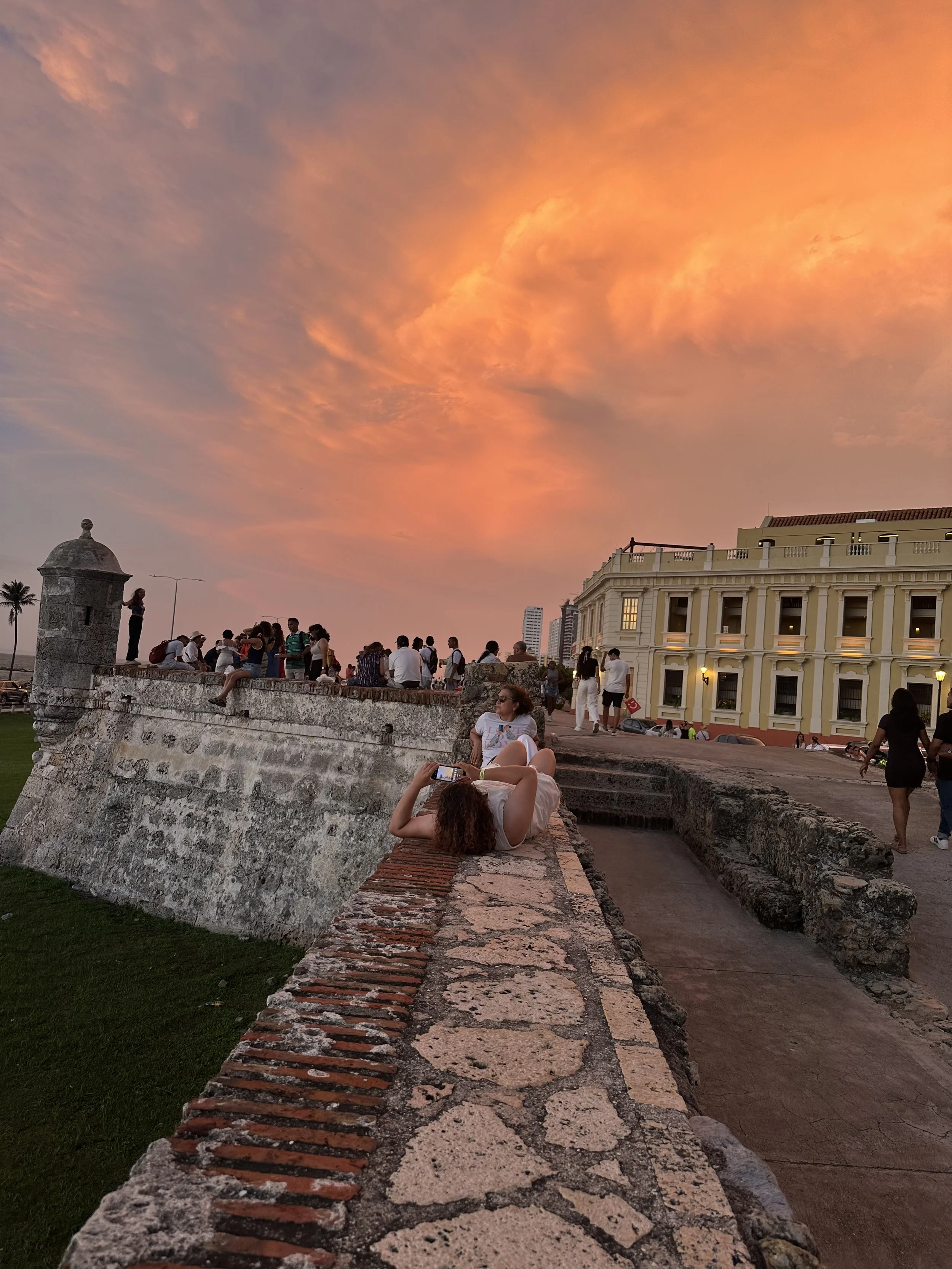


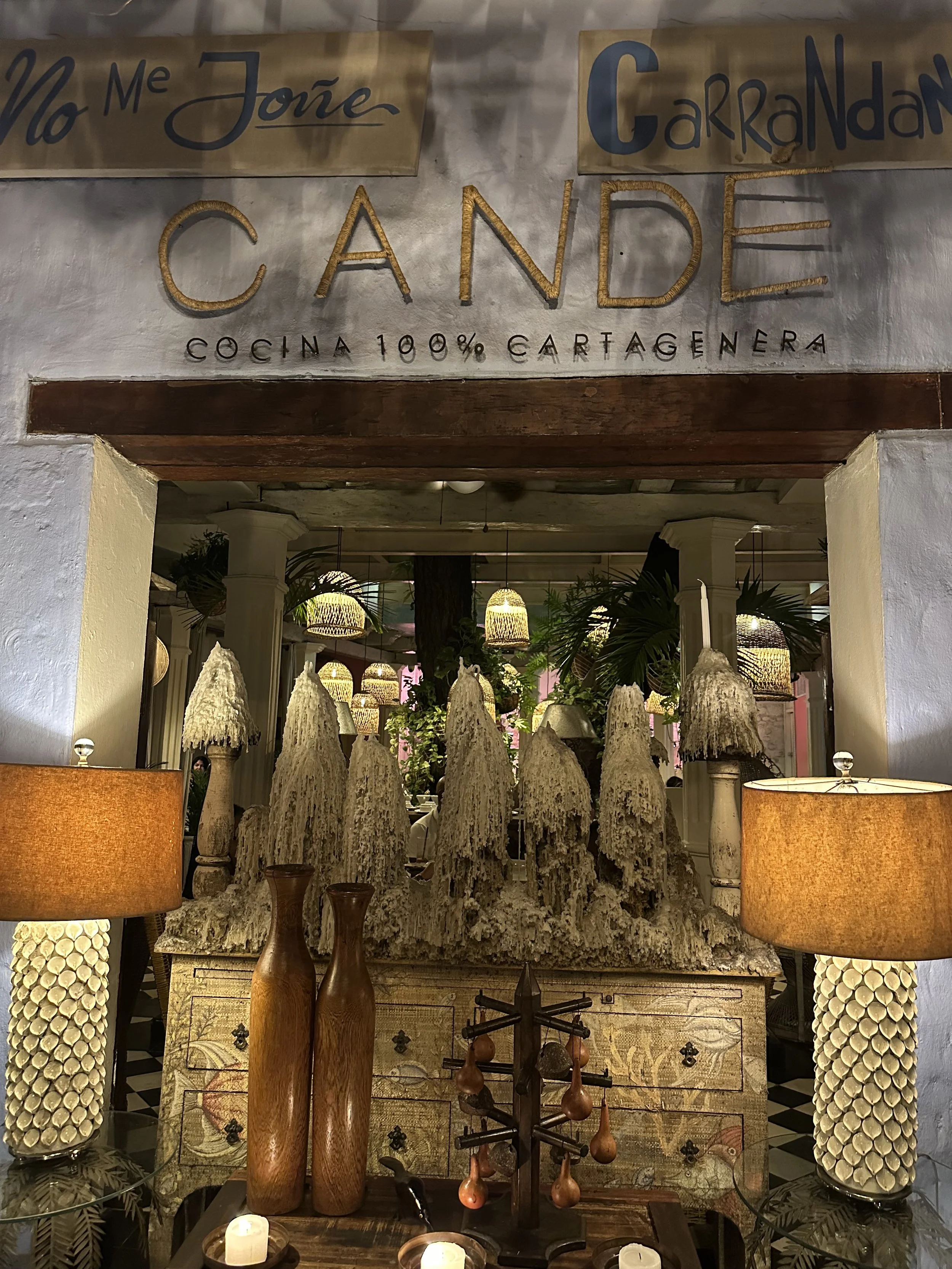
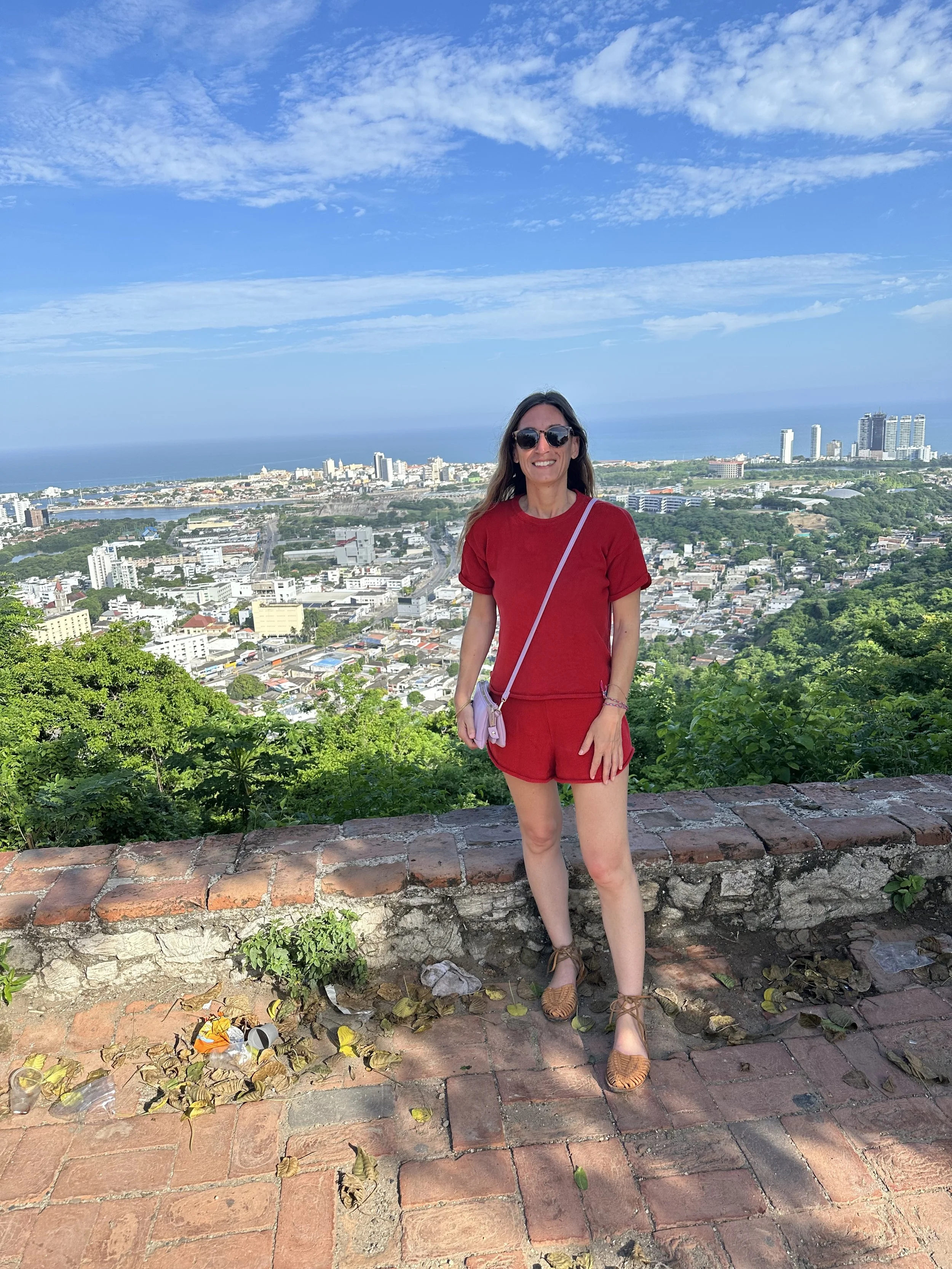
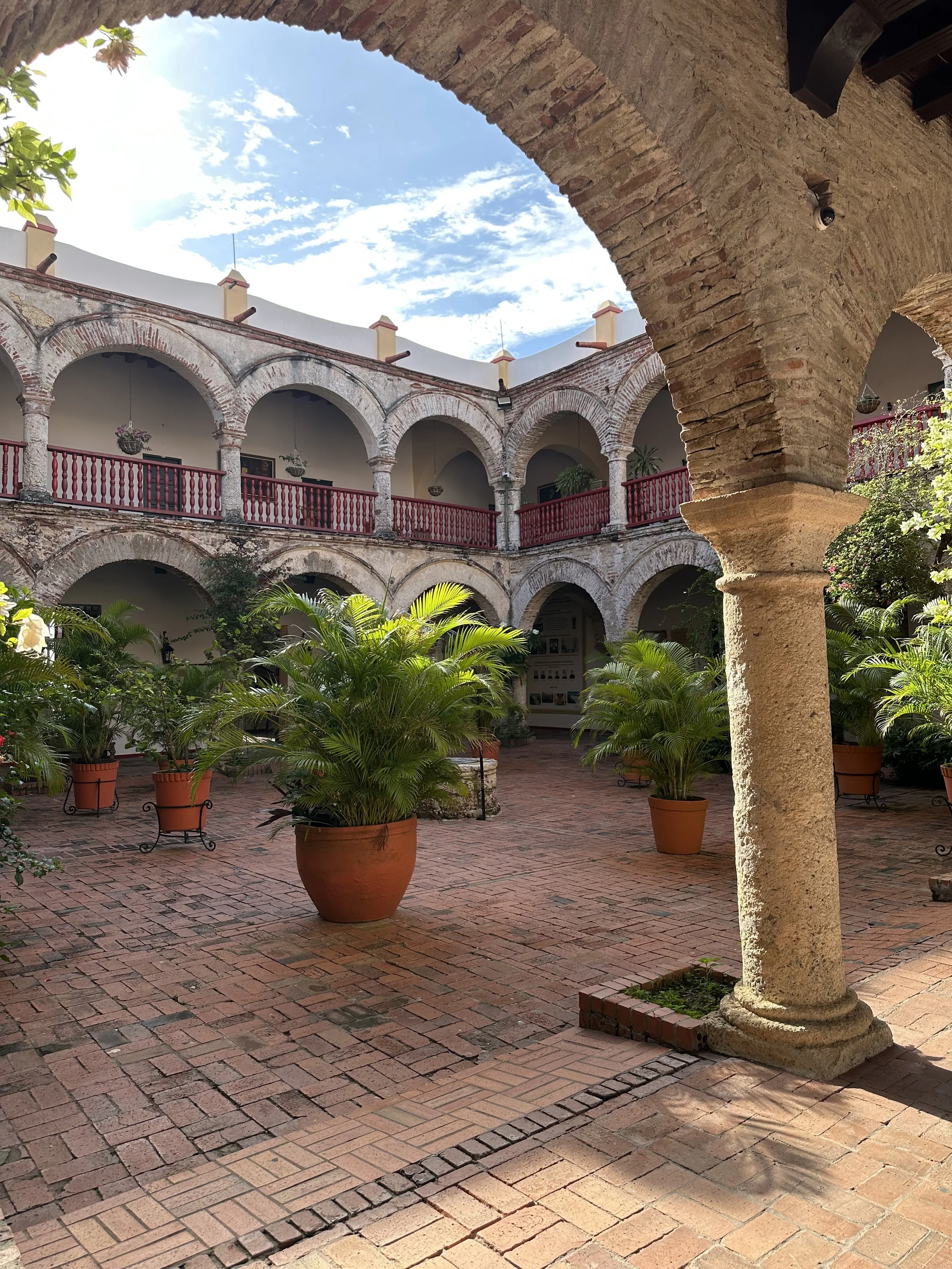


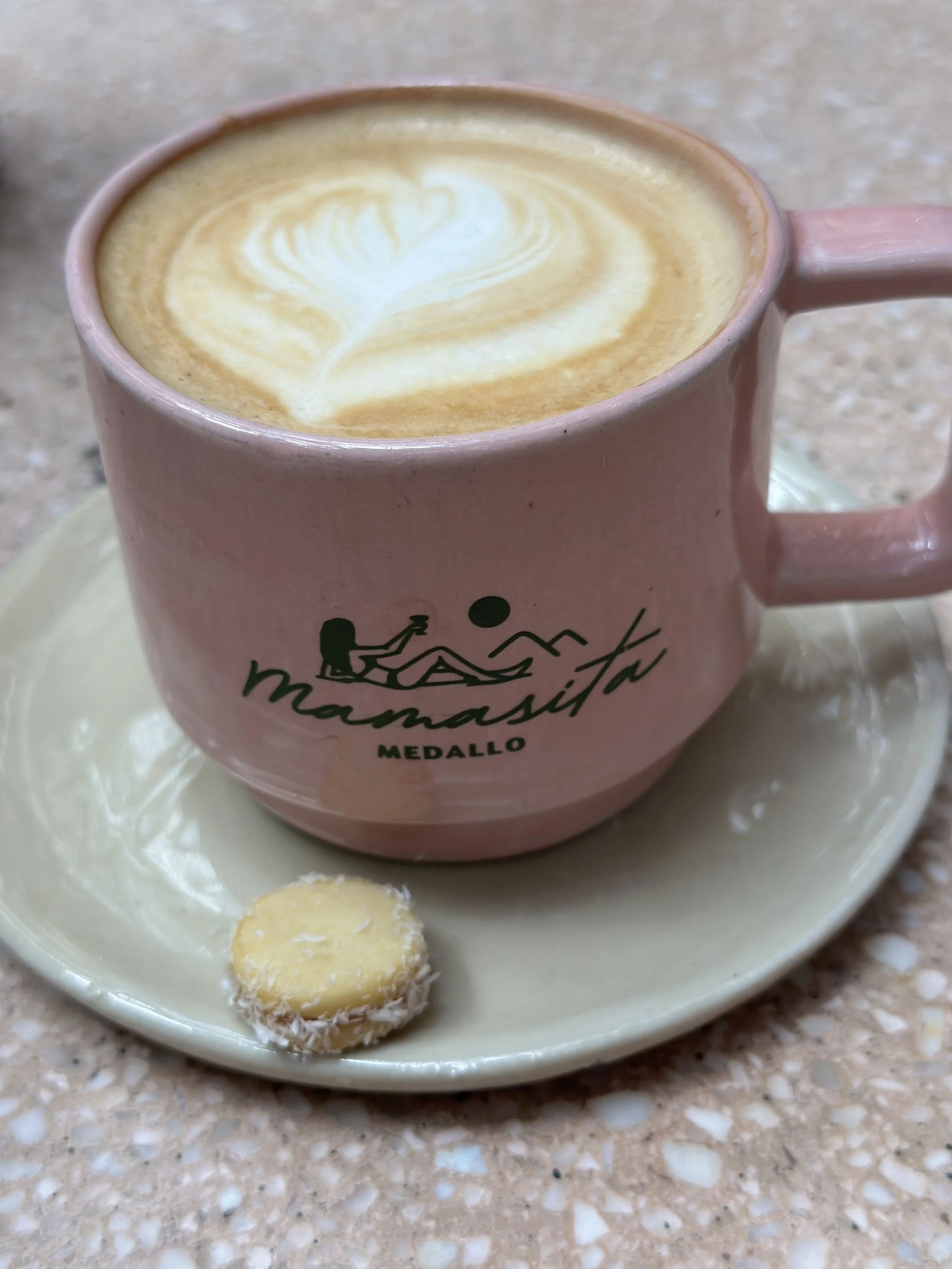


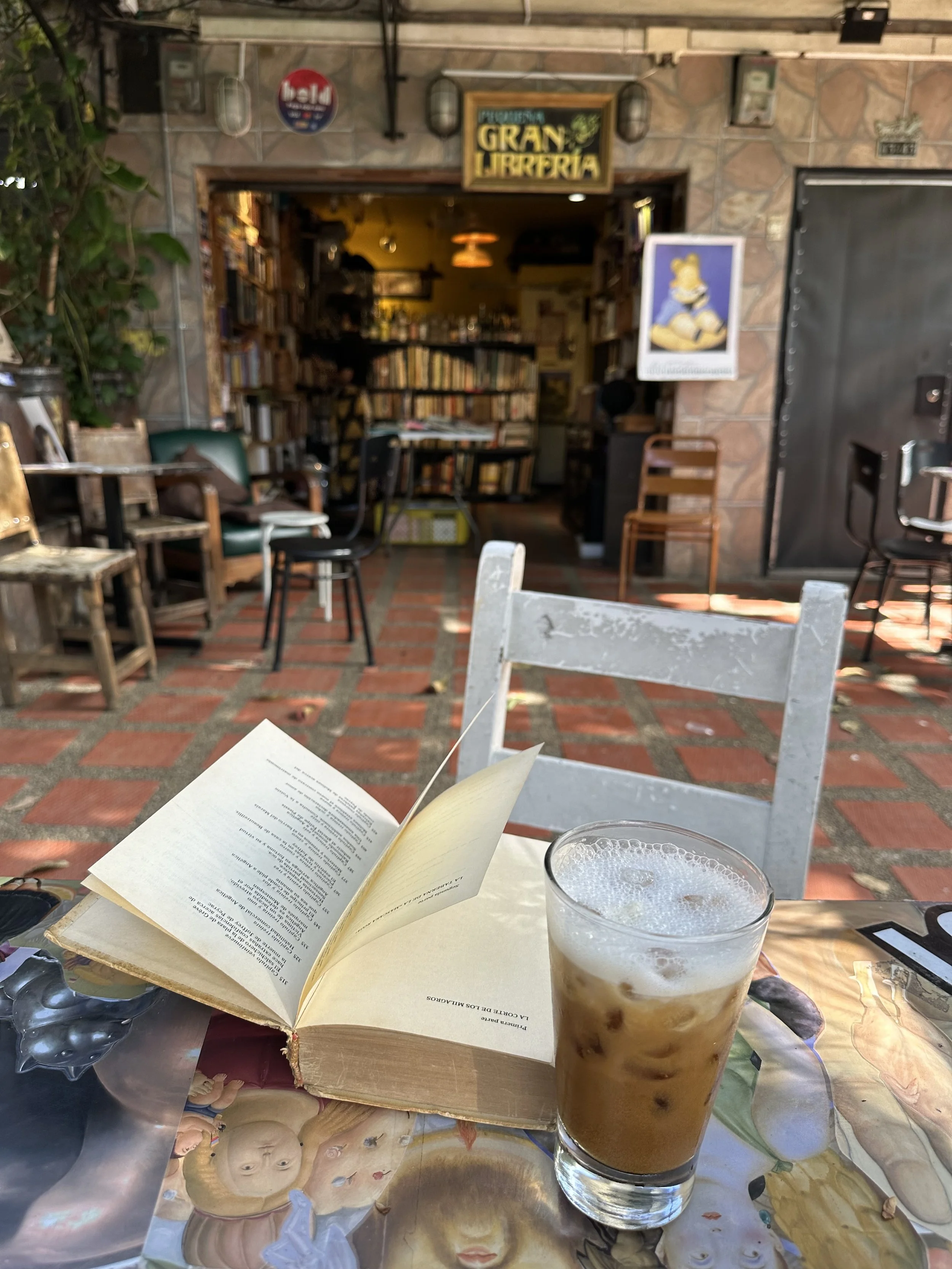

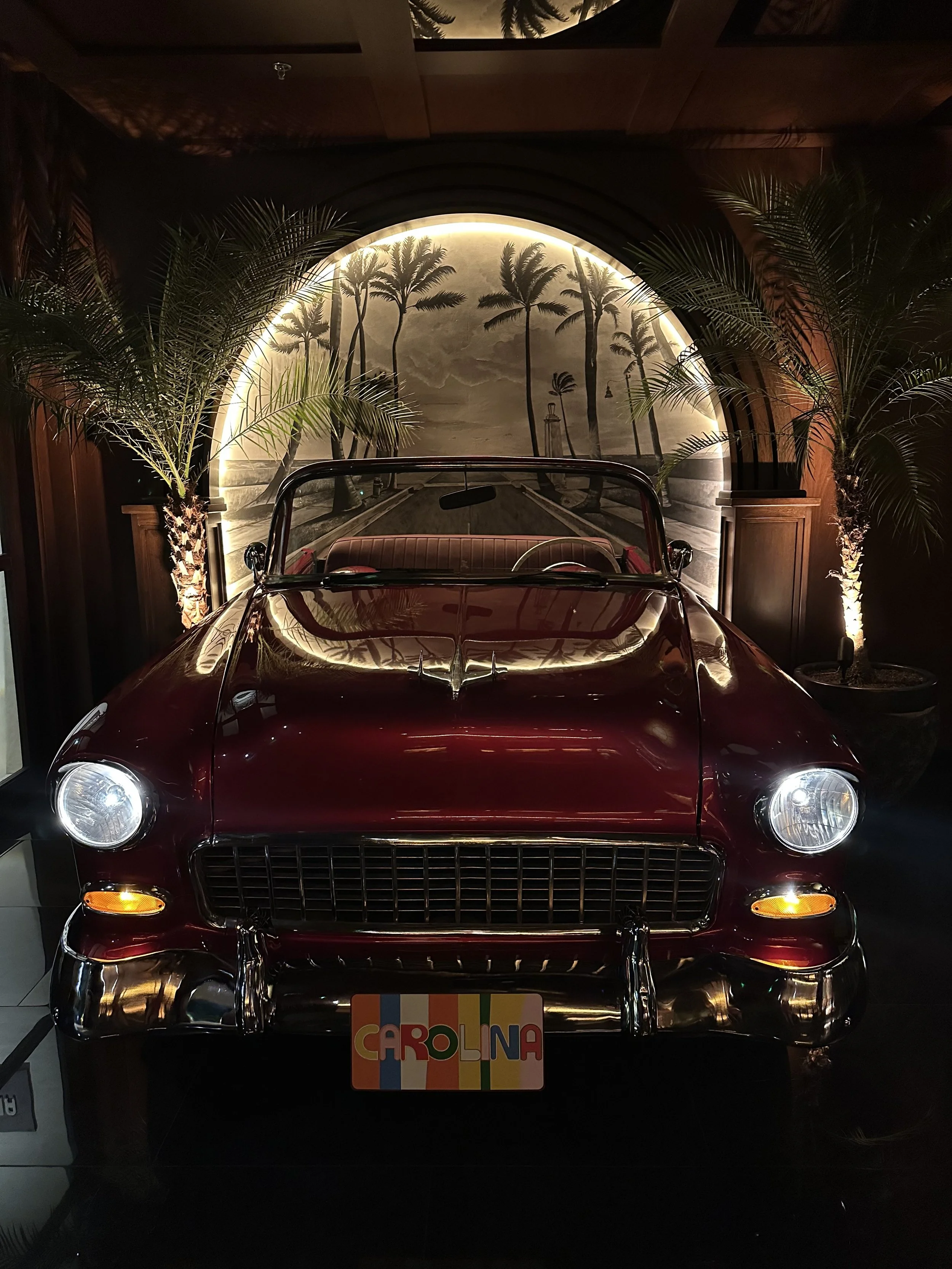




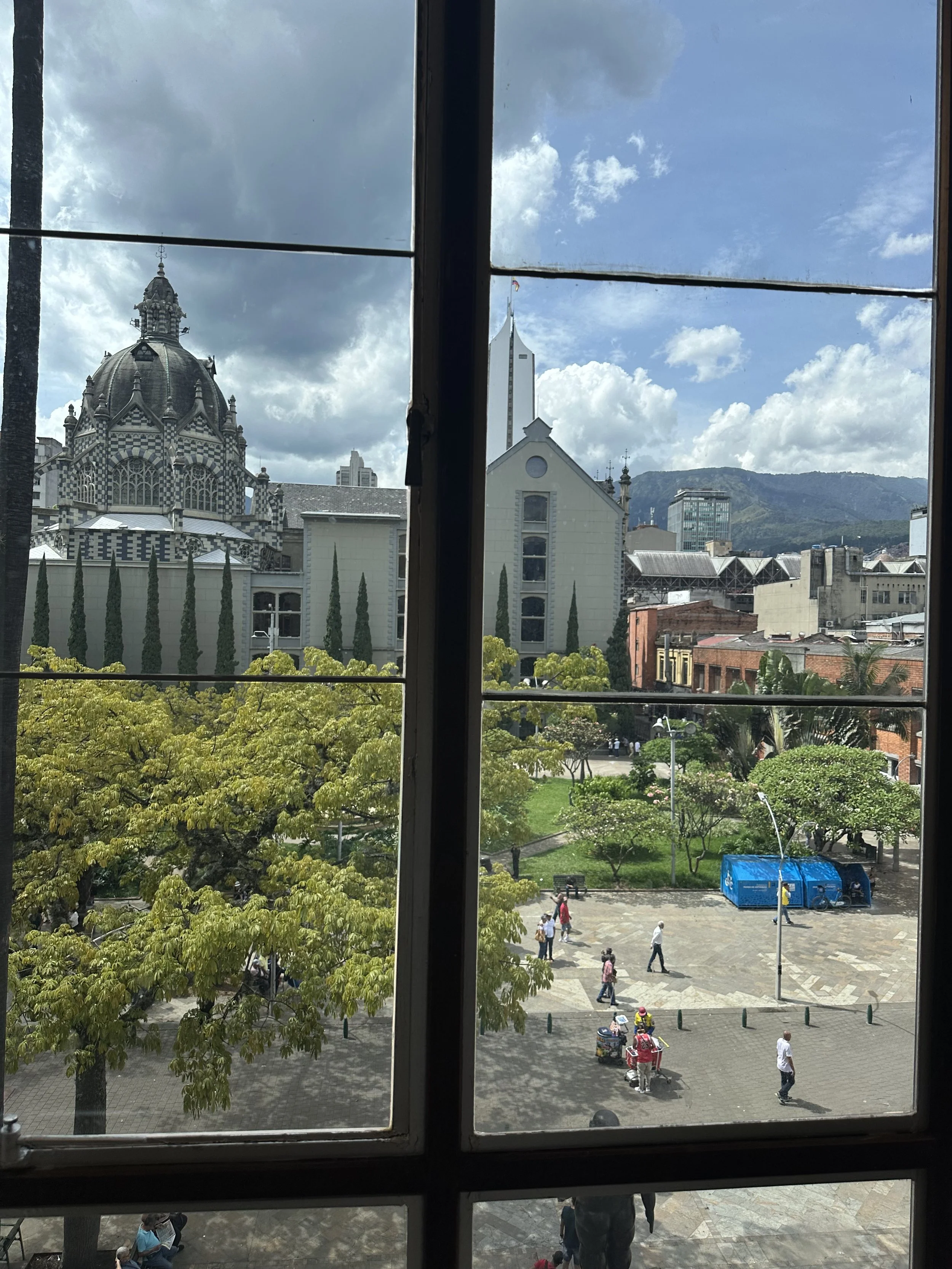

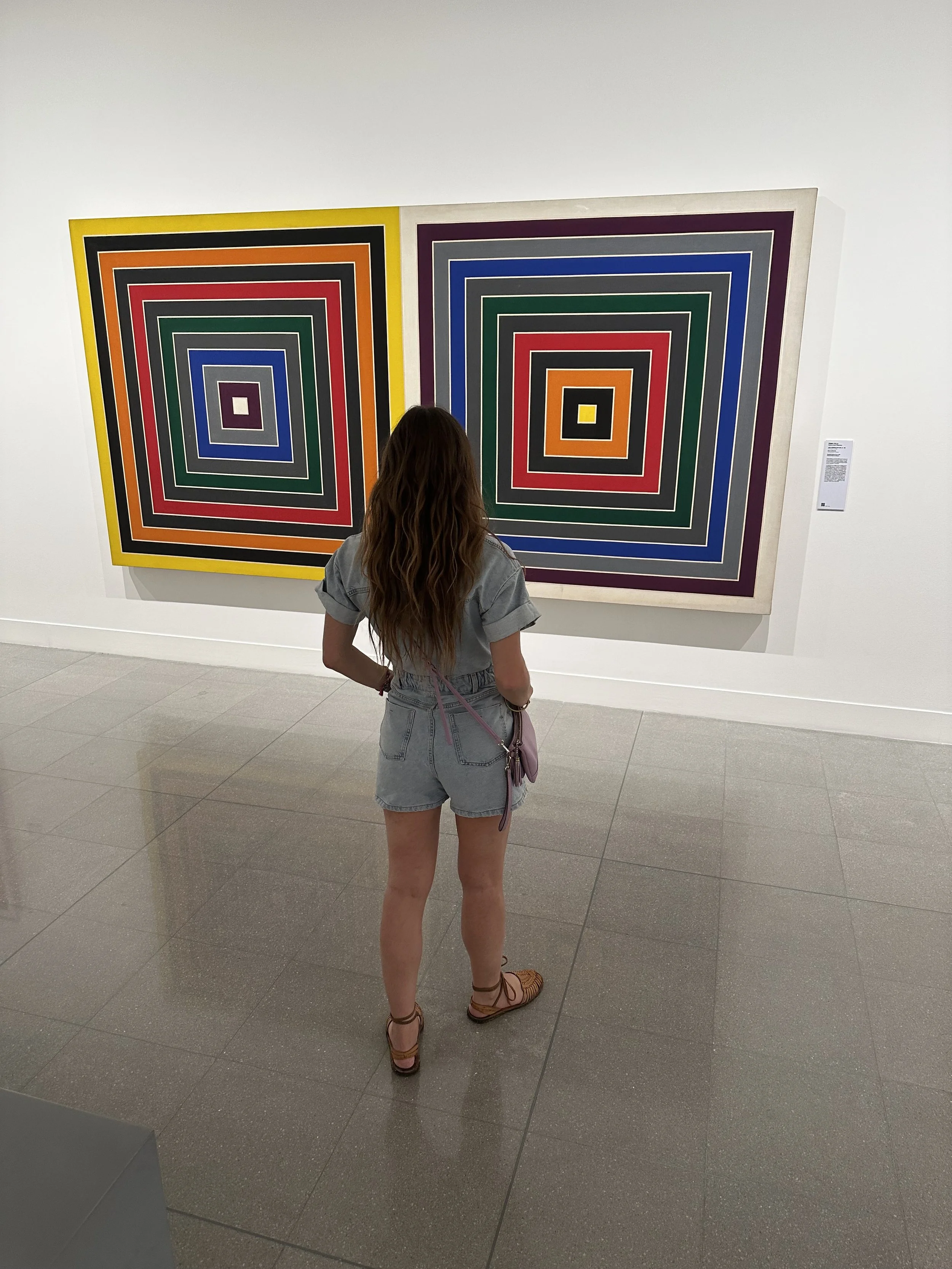
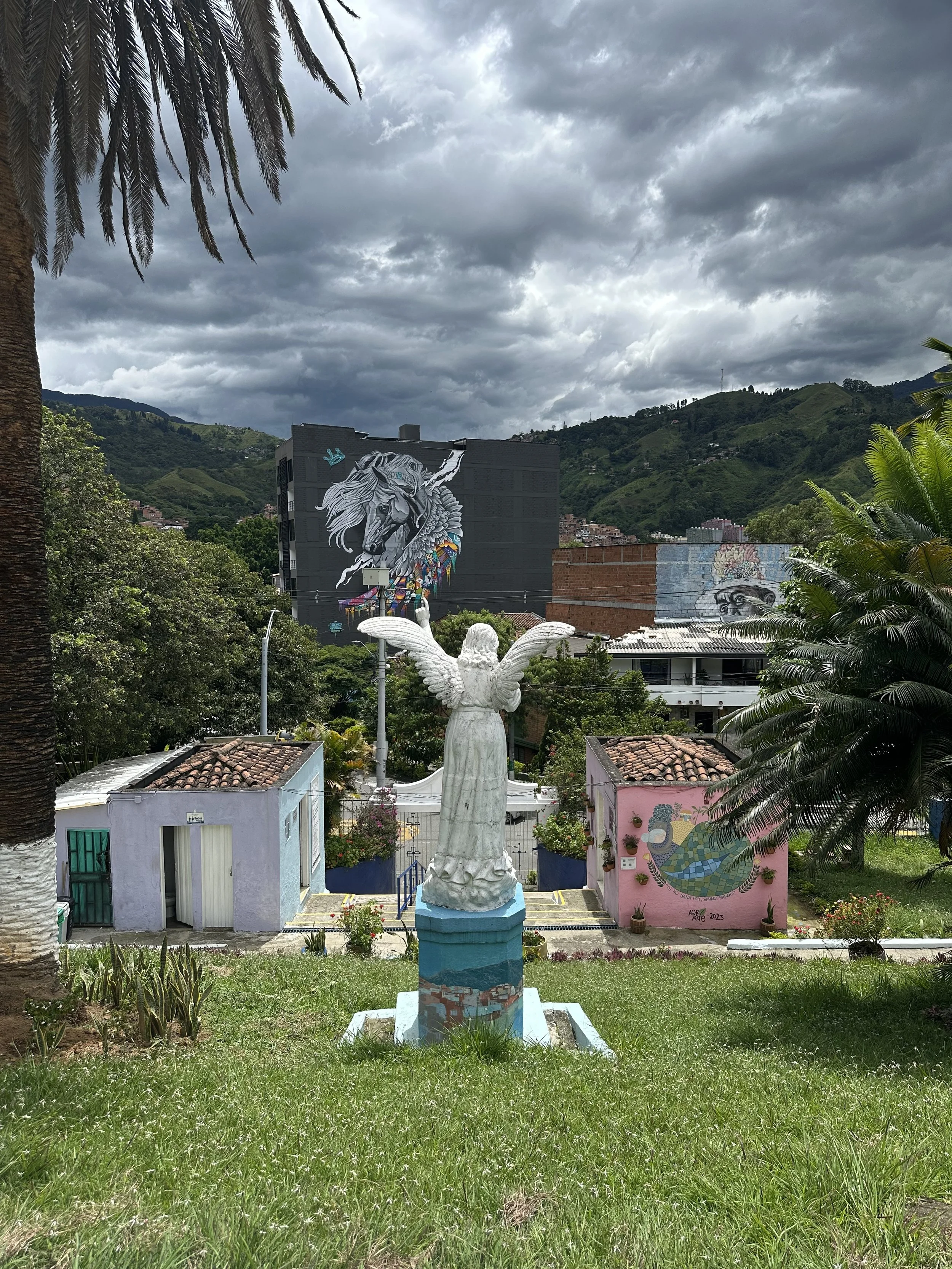
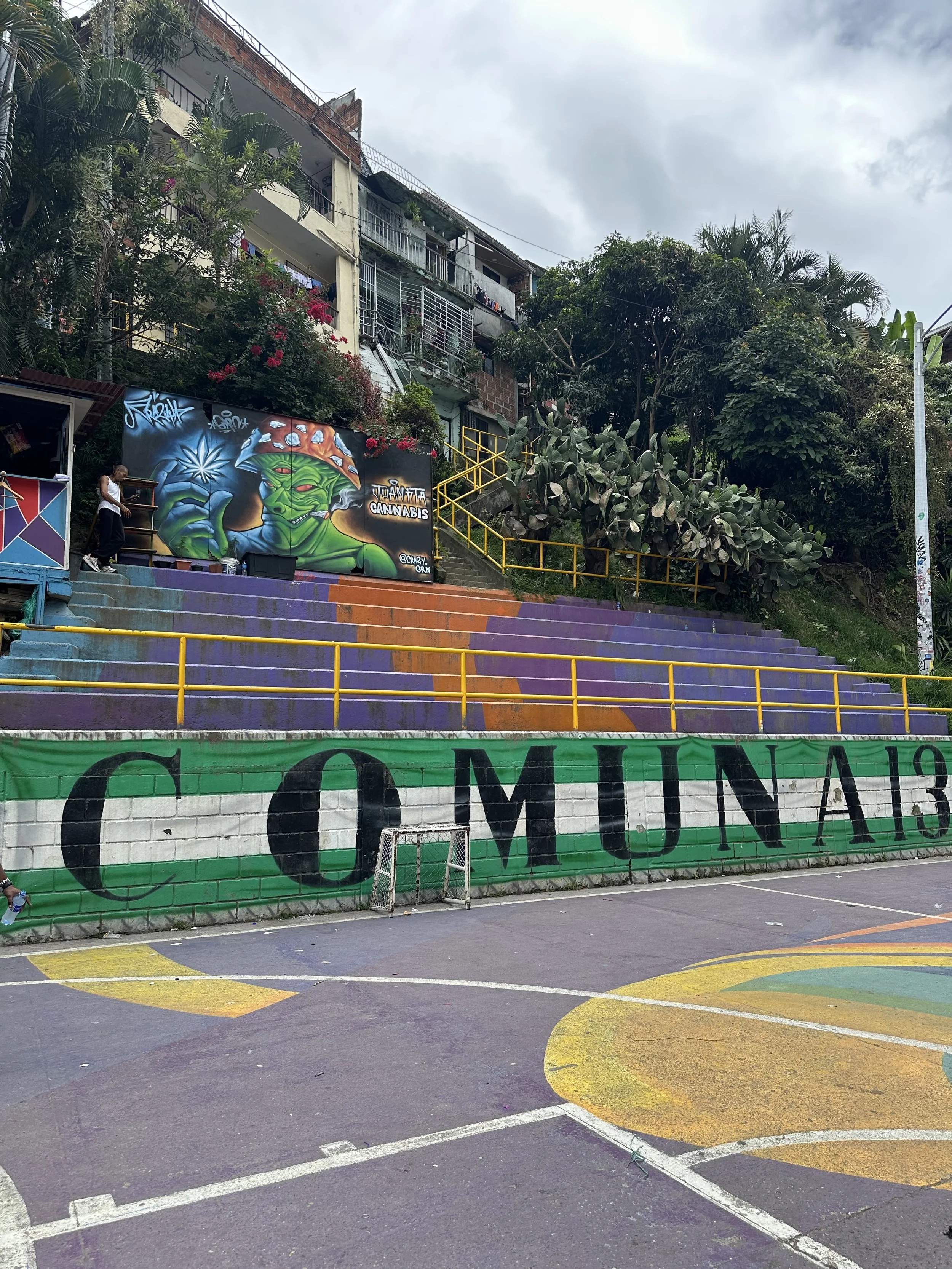
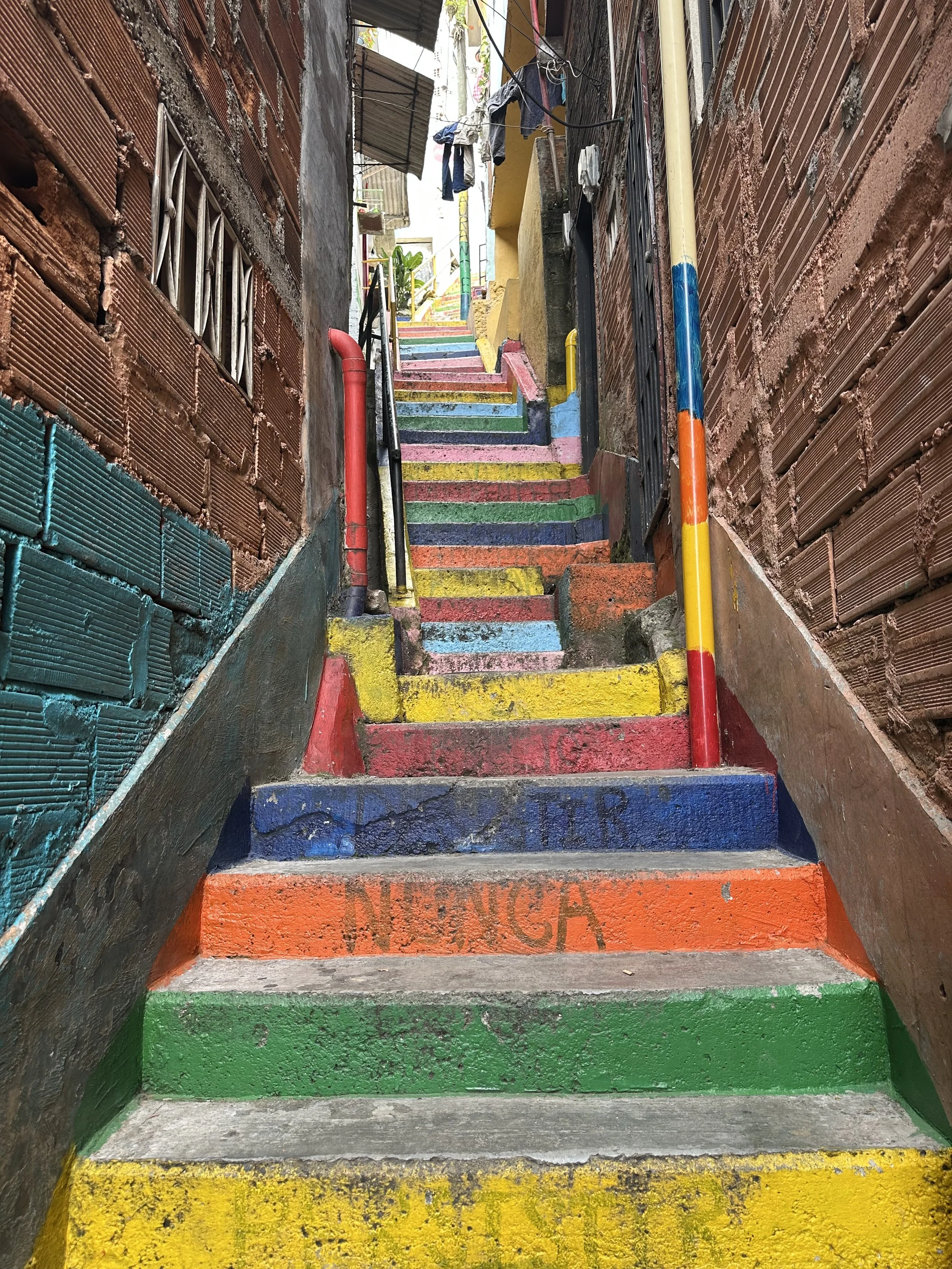
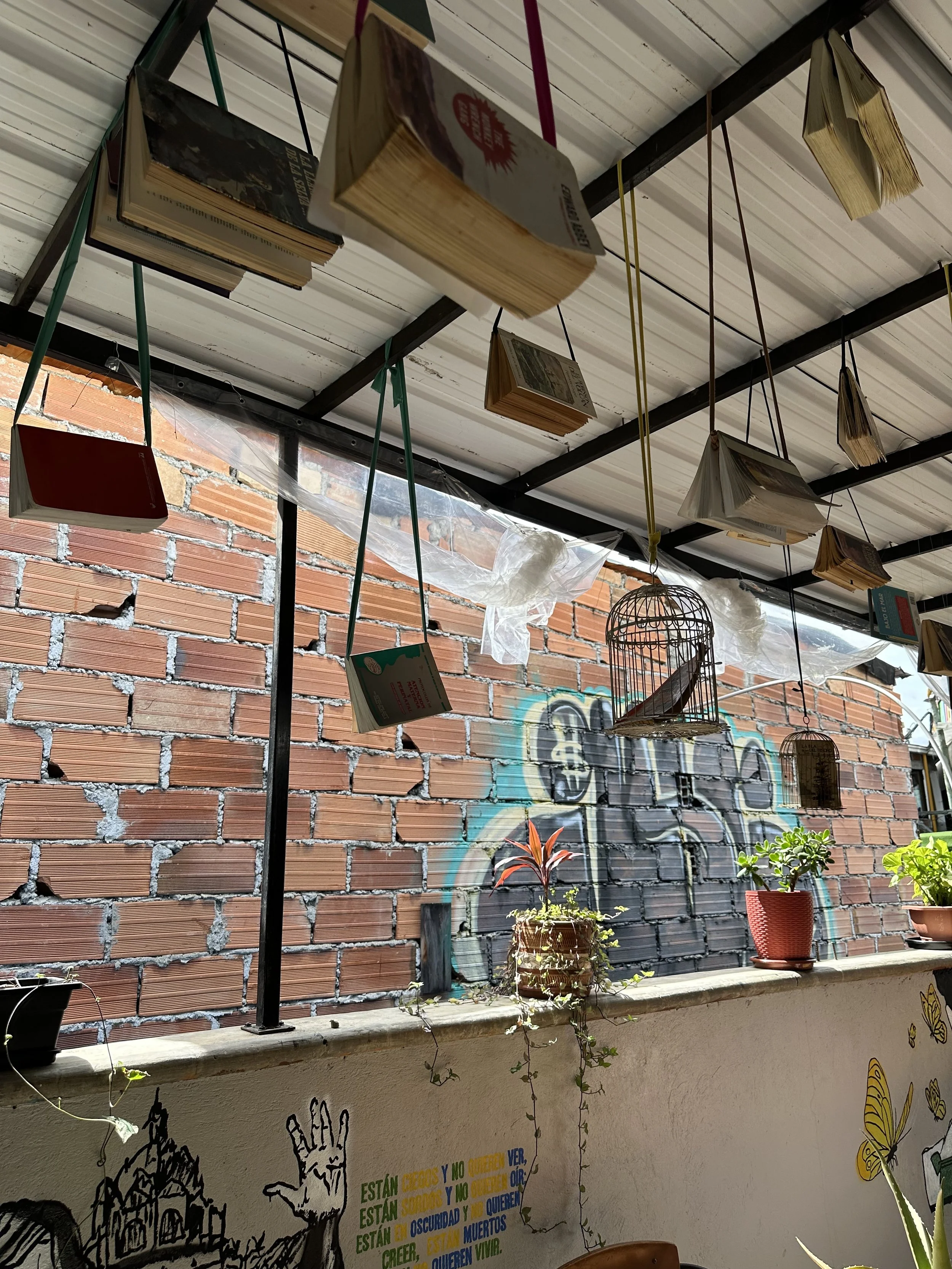
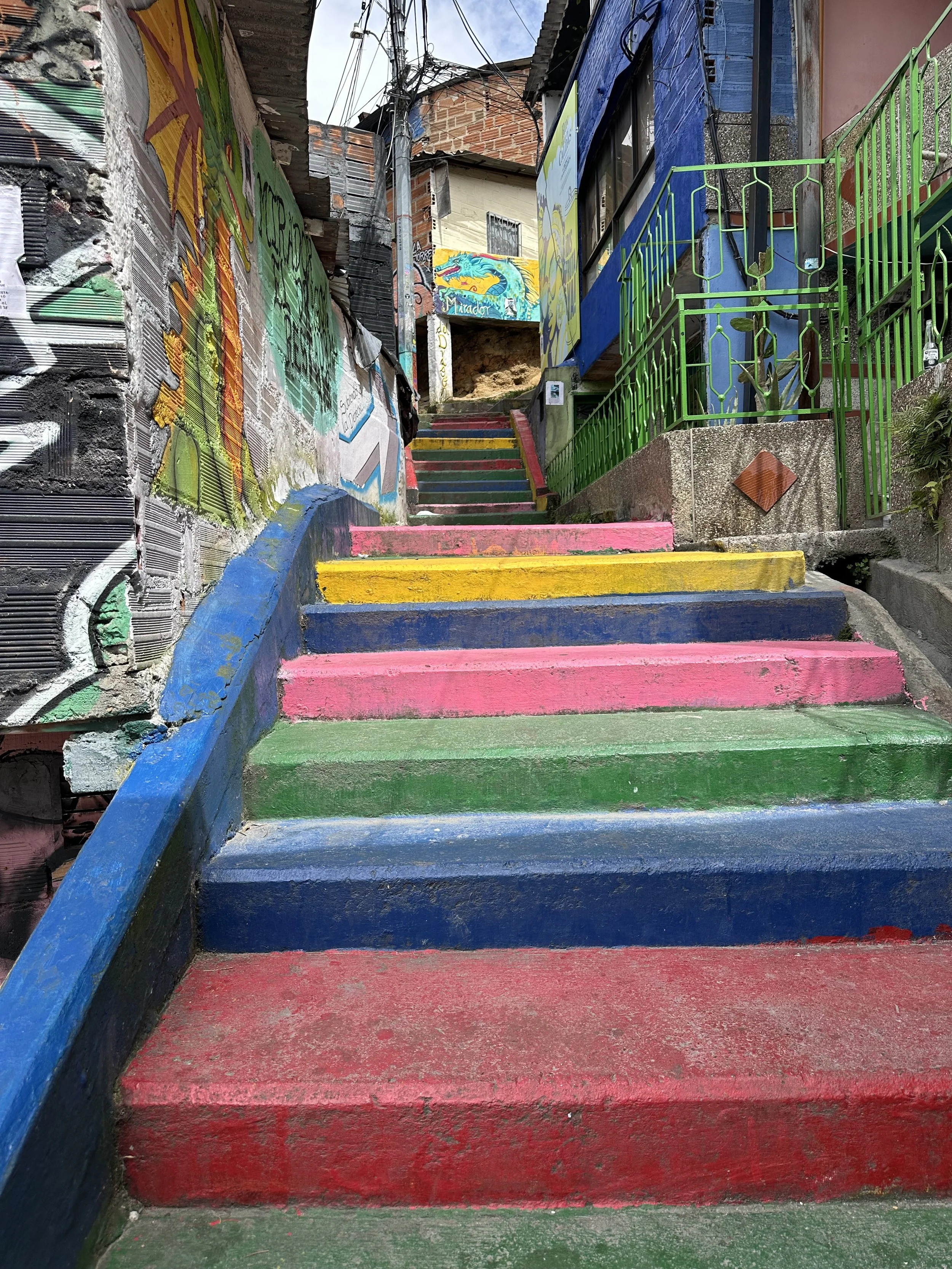
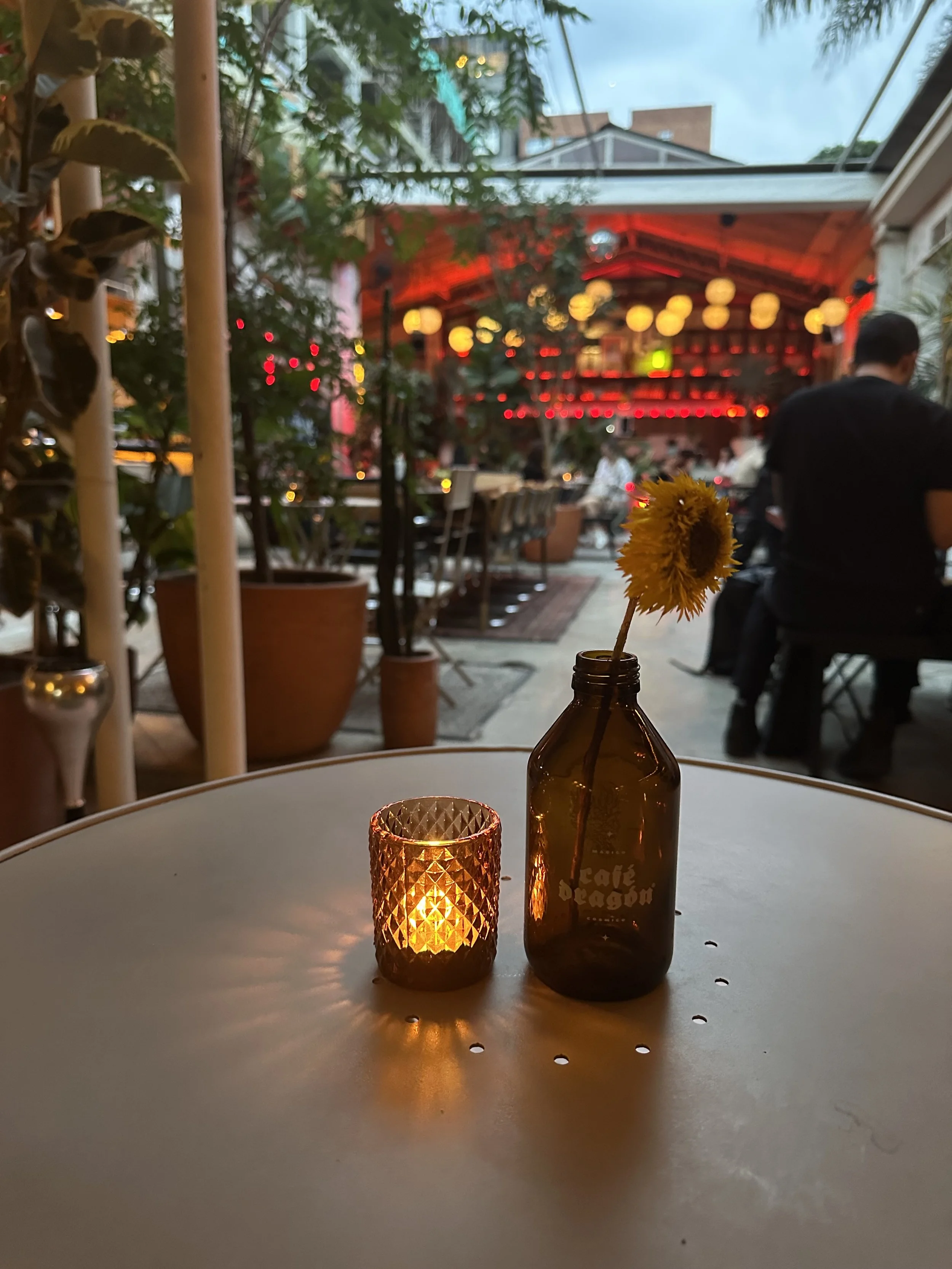
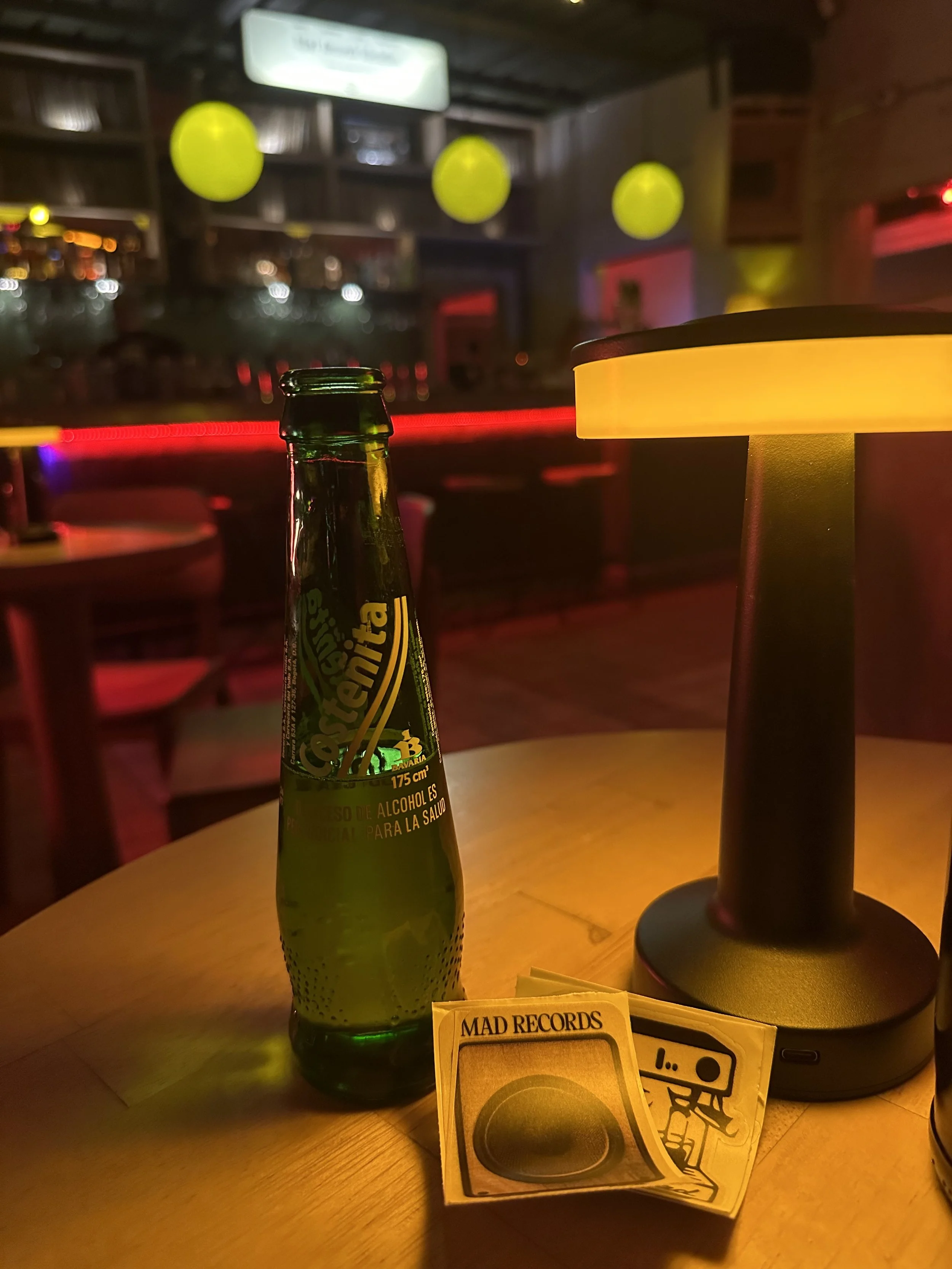




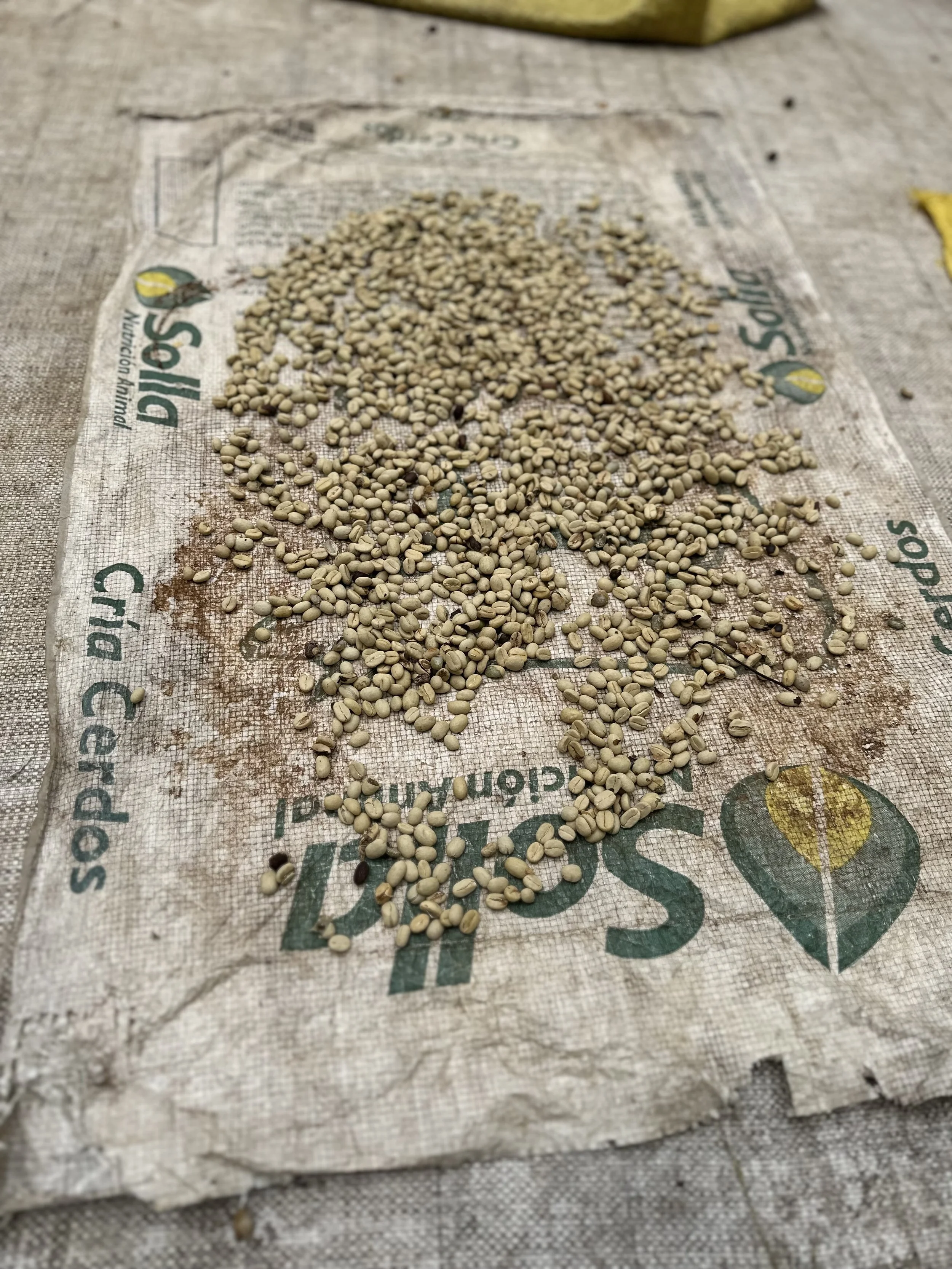
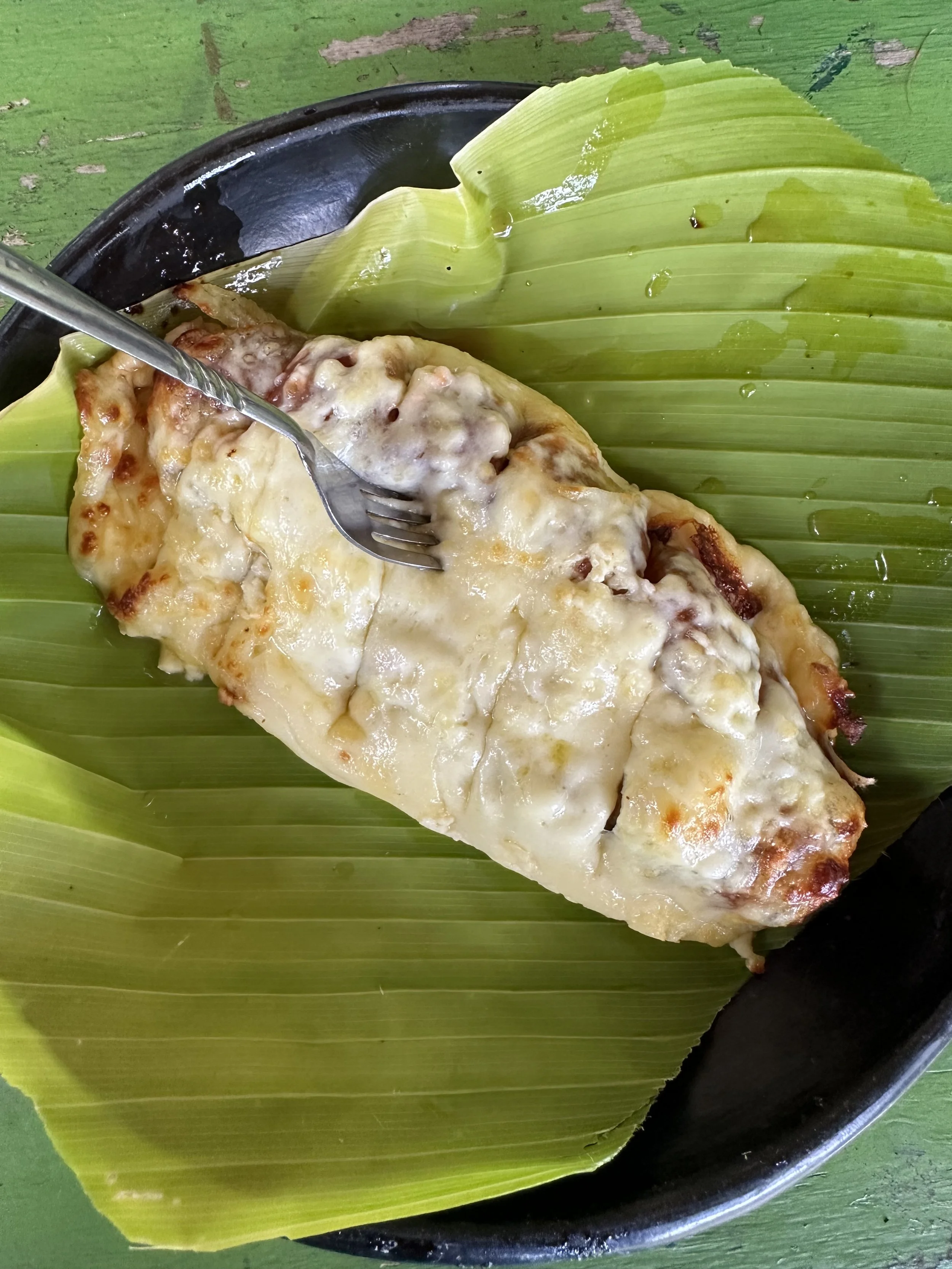

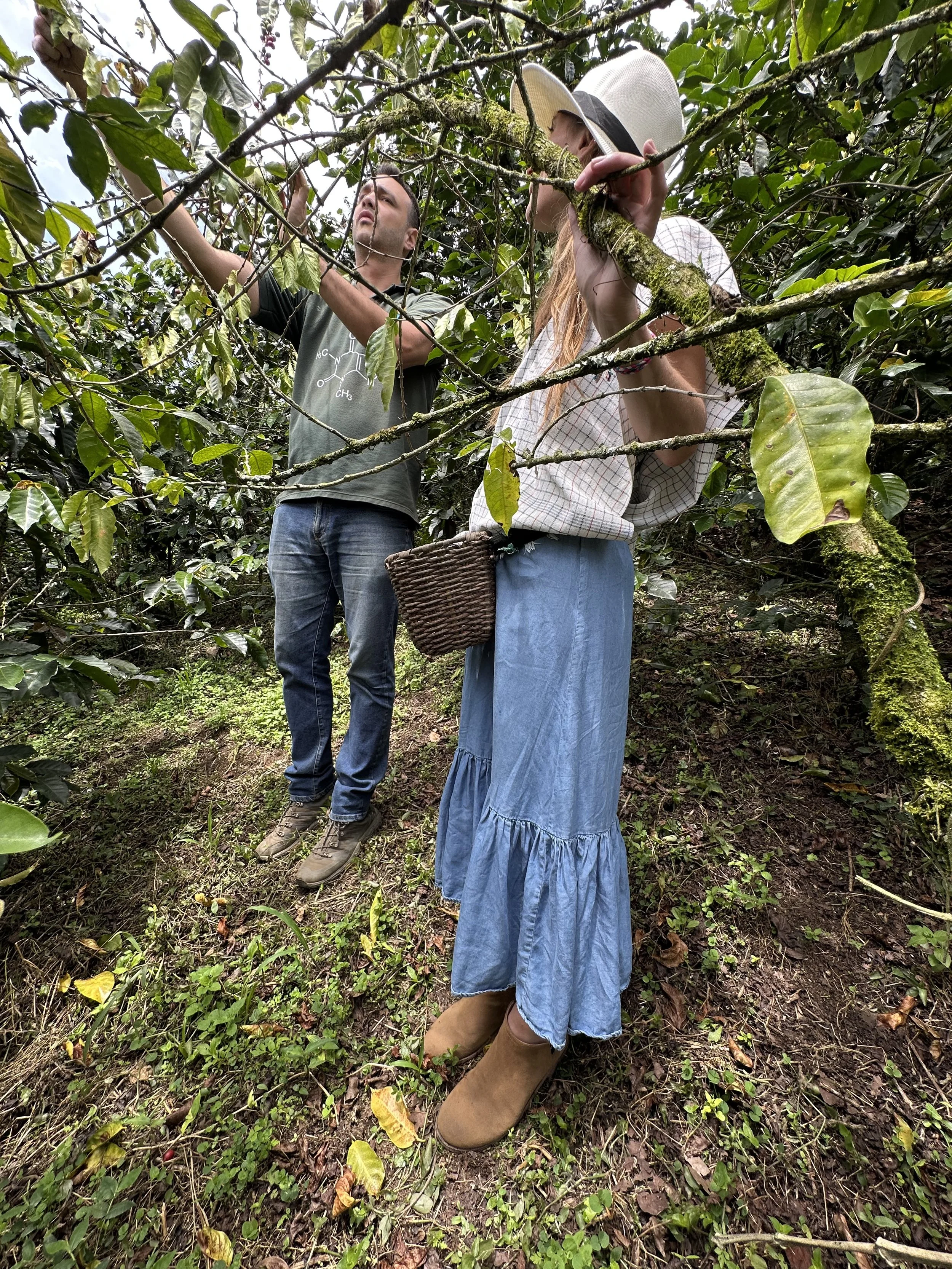

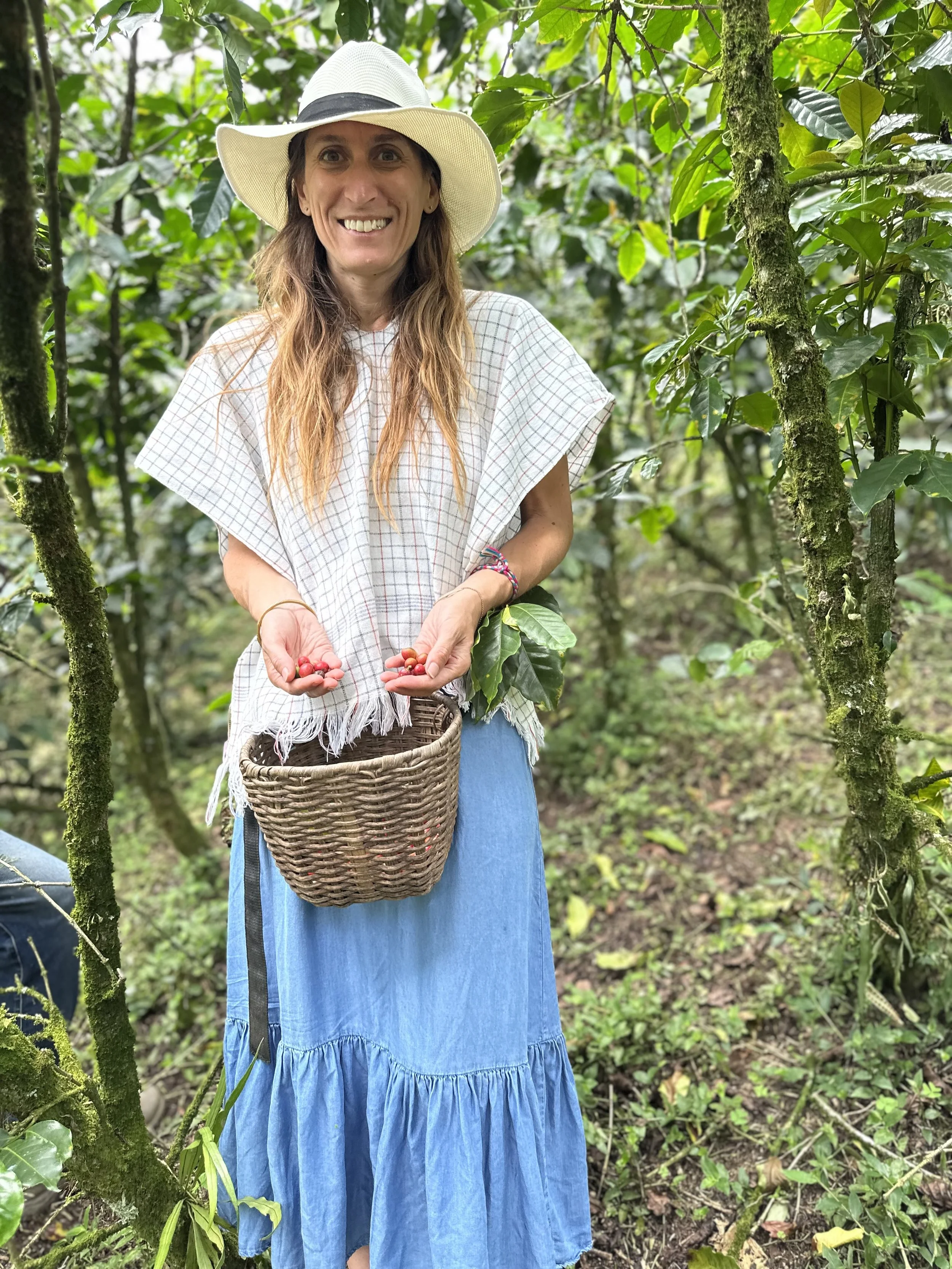


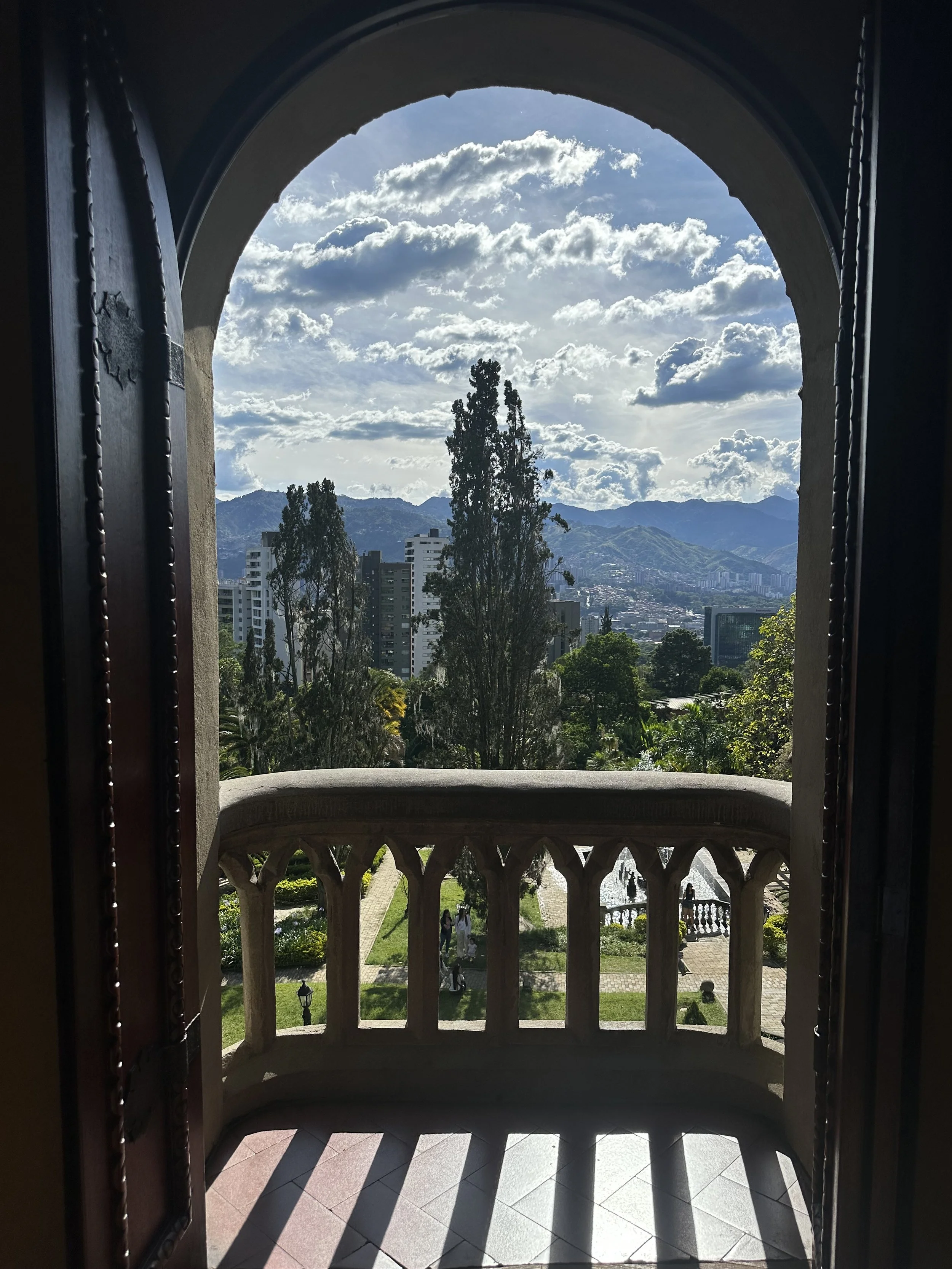
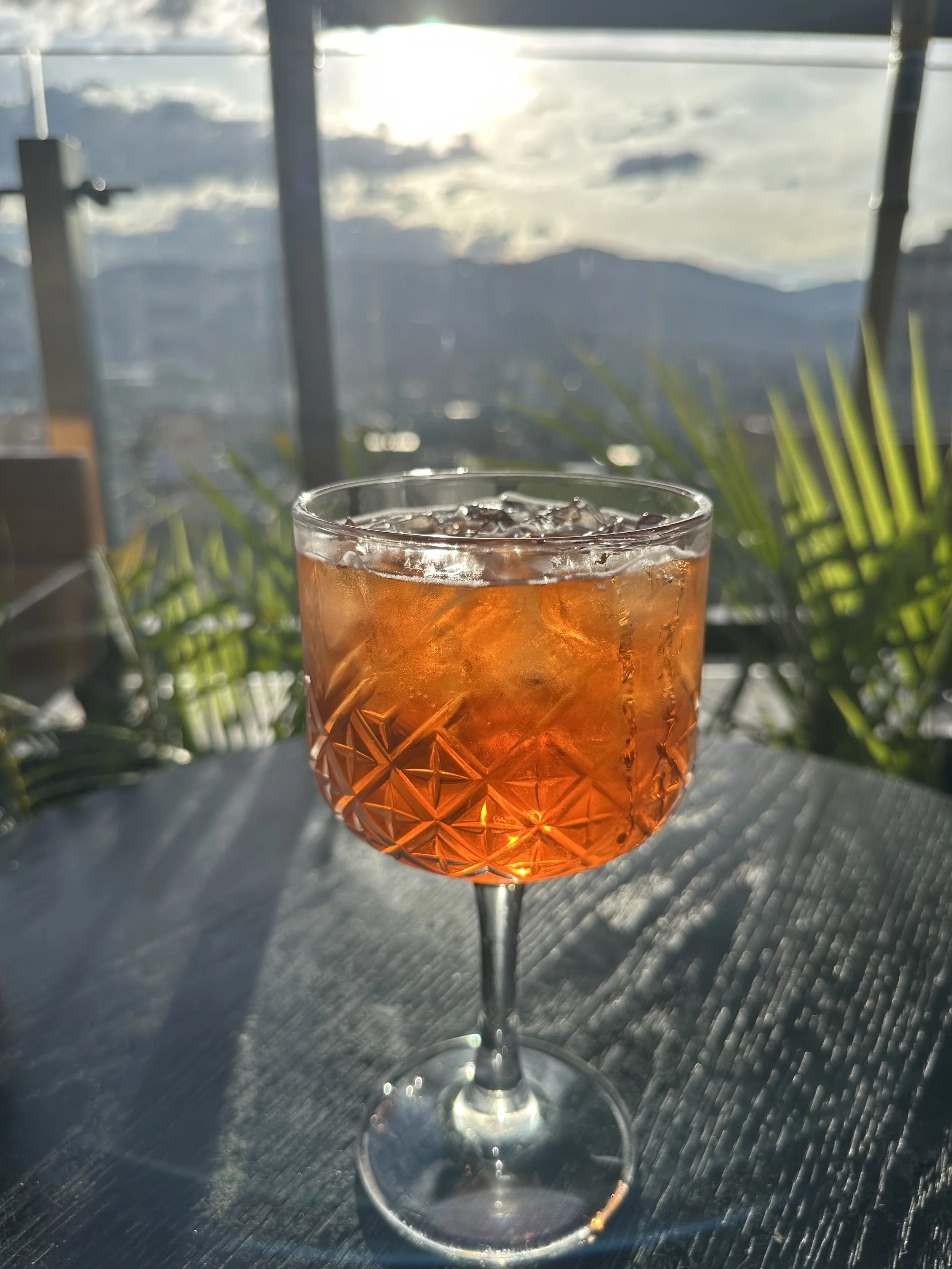



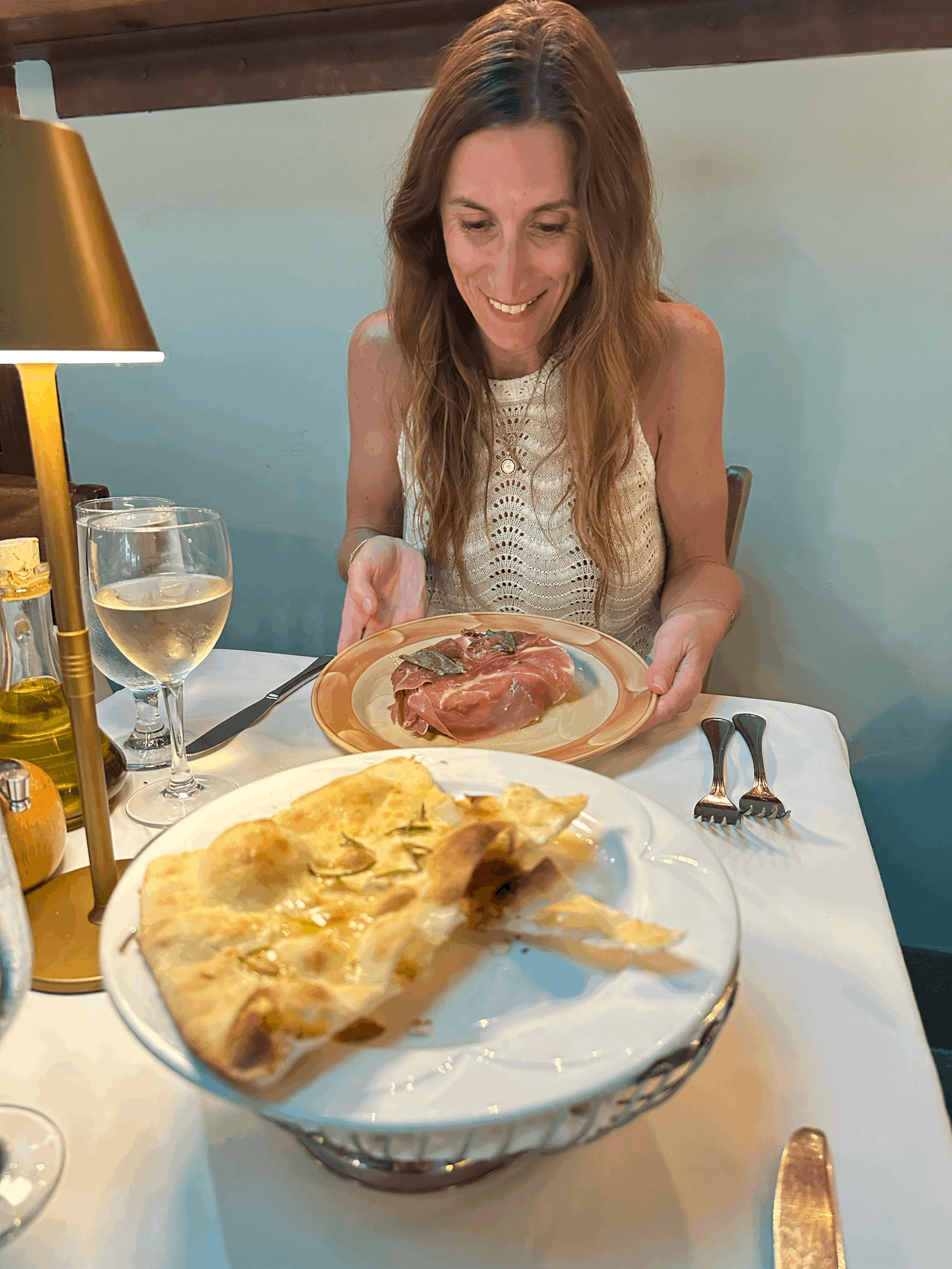

Naples isn’t a city you just see — it’s a city you taste, hear, and feel in every step. Streets buzz with food rooted in tradition, staircases lead you into hidden neighborhoods, and history isn’t behind glass — it’s layered beneath your feet. This guide is my way of sharing the Naples I experienced: the flavors that linger, the stories locals proudly tell, and the places that make this city unforgettable. Whether you’re tracing your ancestry, chasing the best pizza, or just curious about the soul of Campania, consider this your starting point.